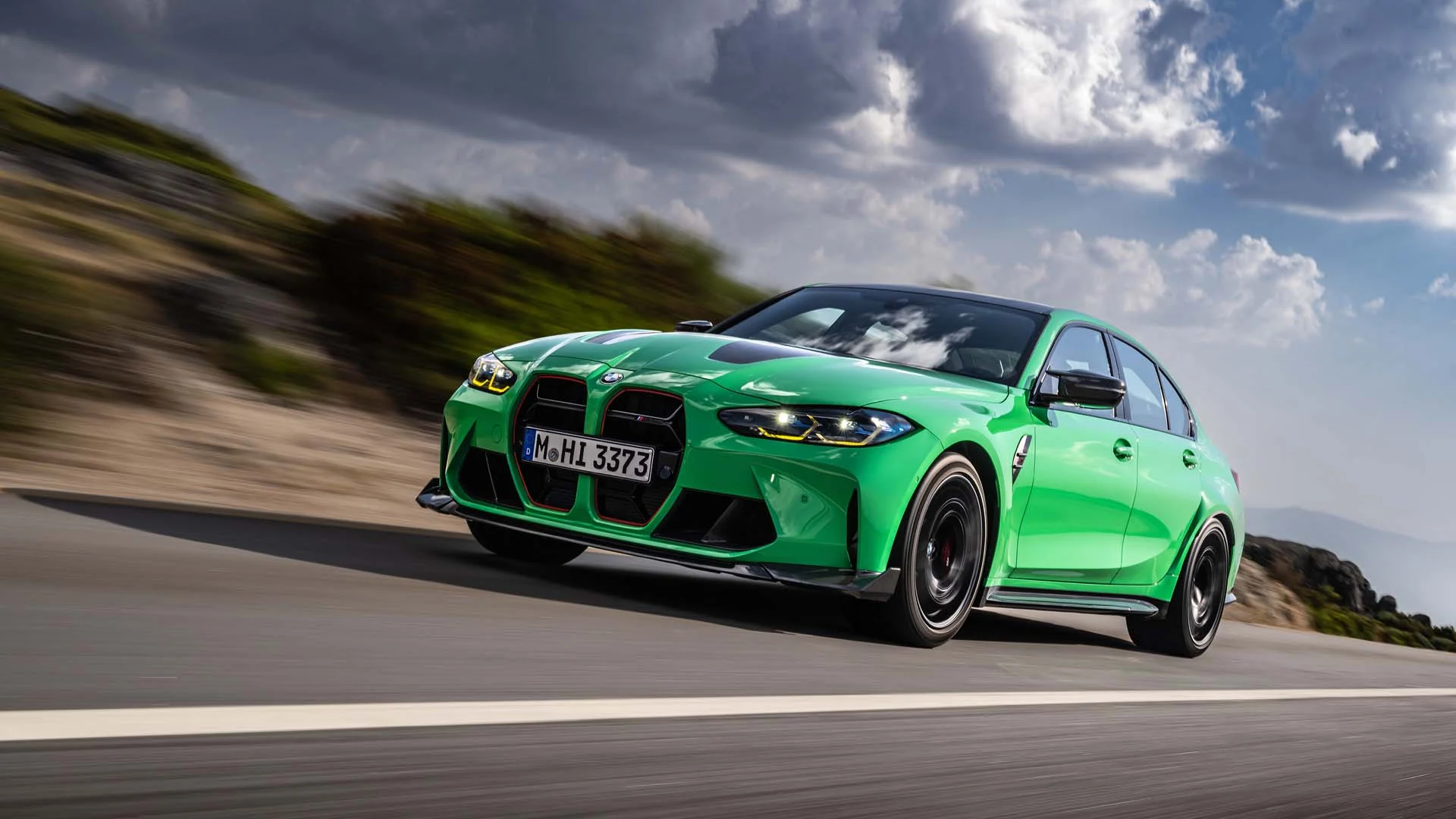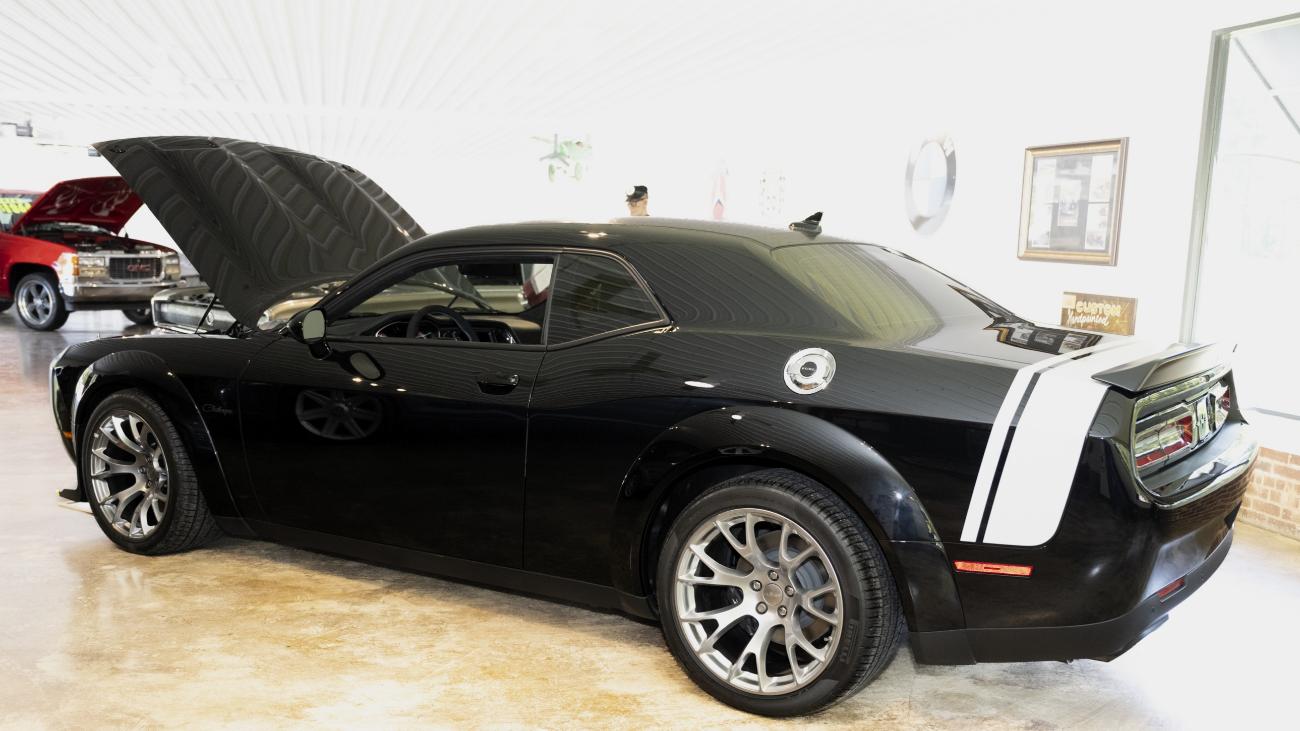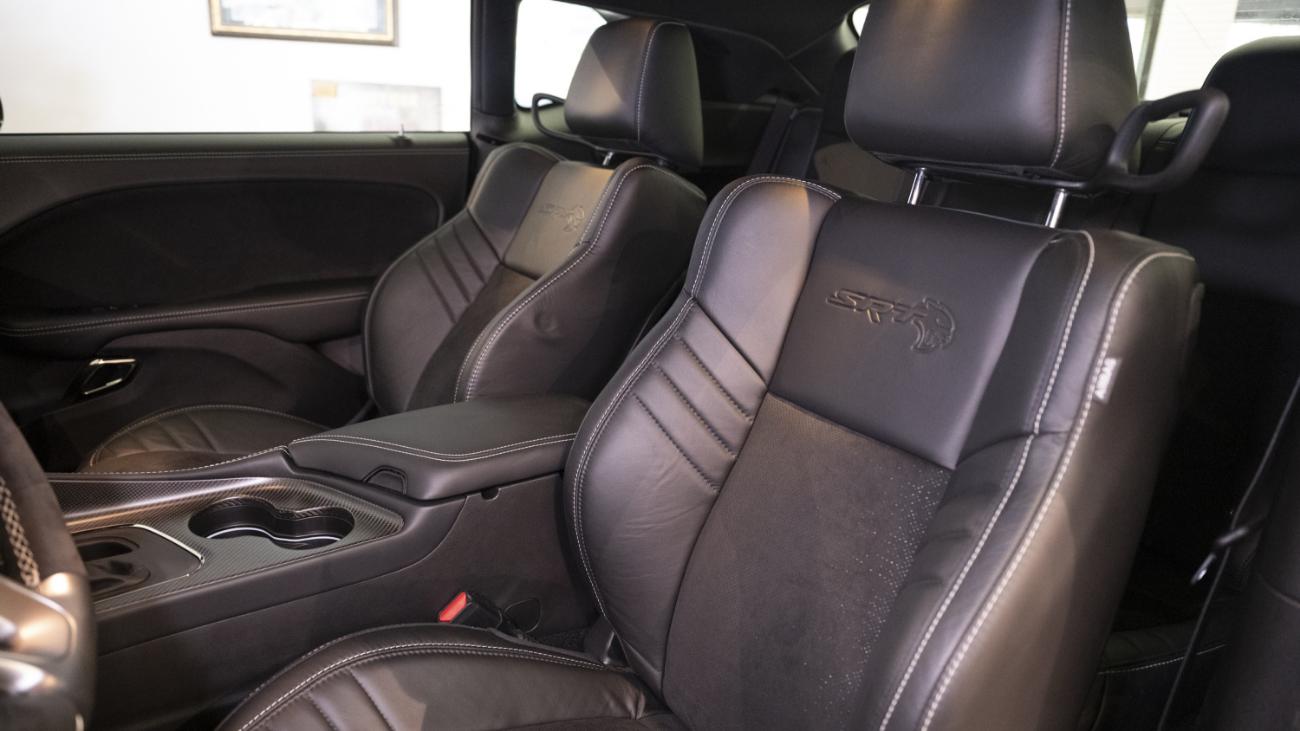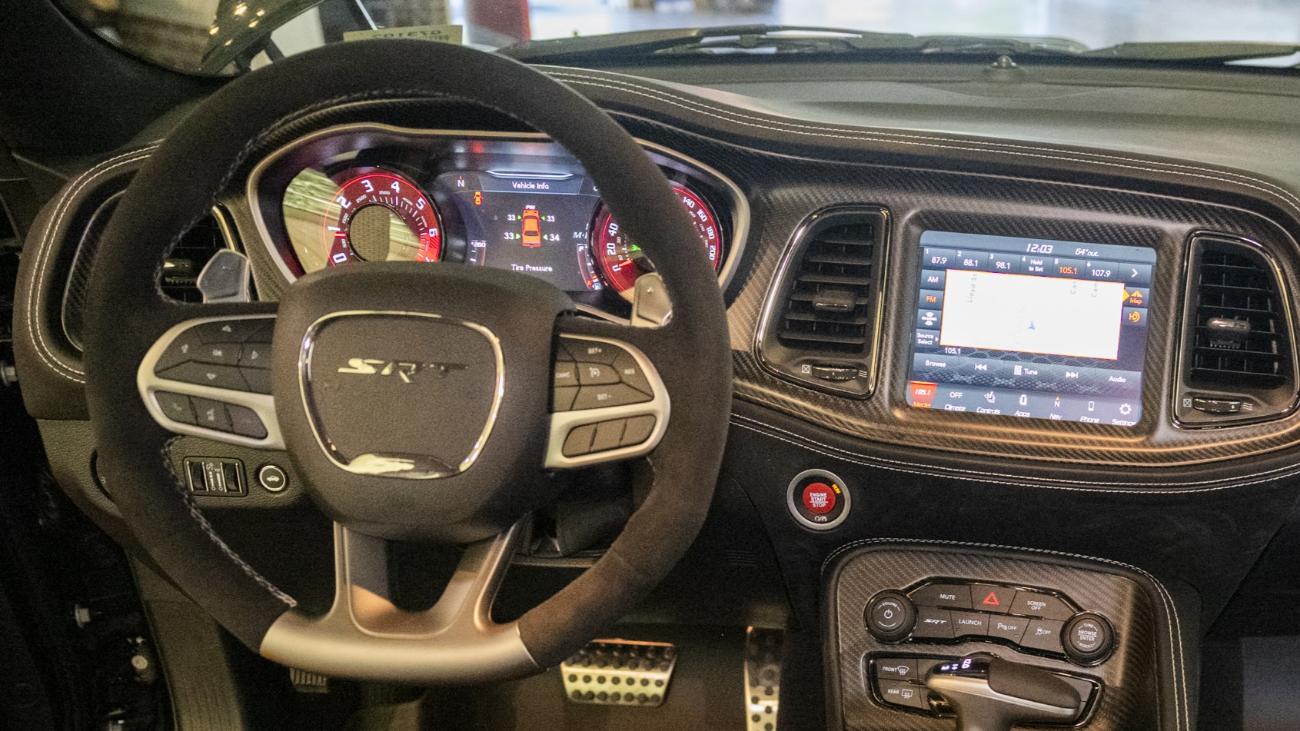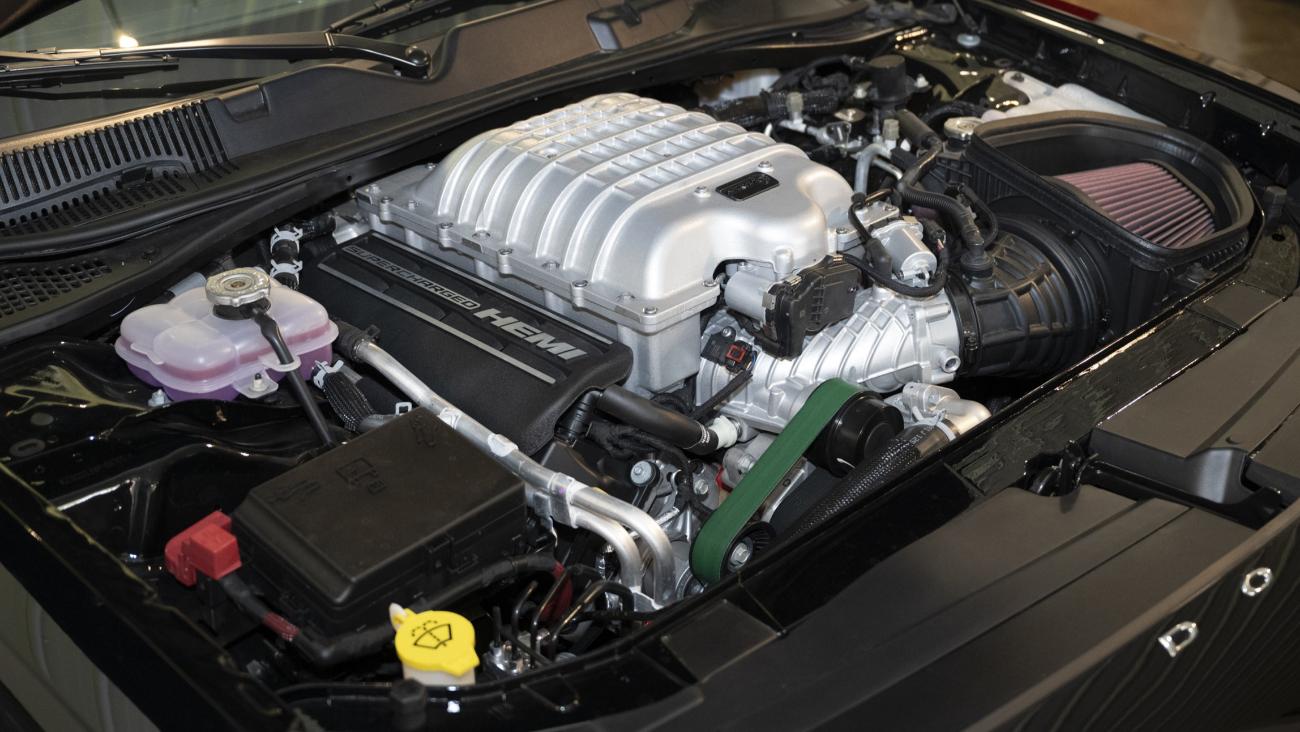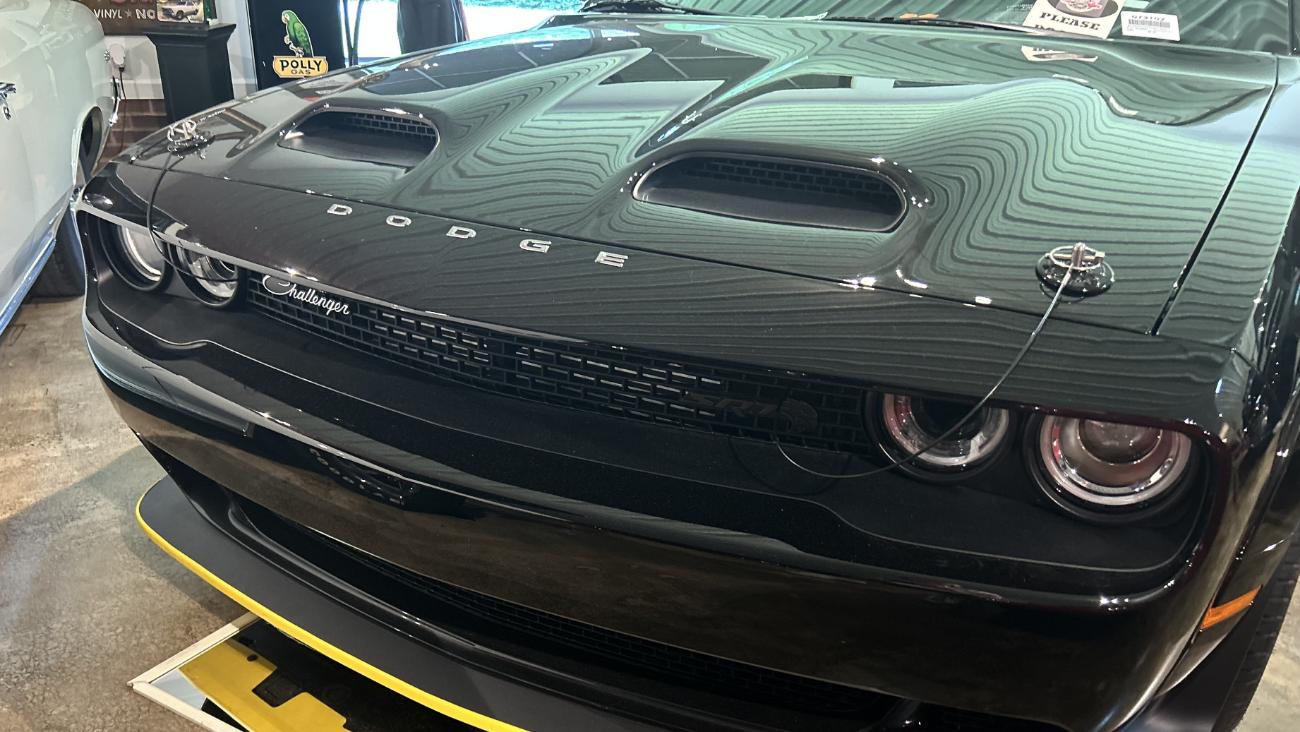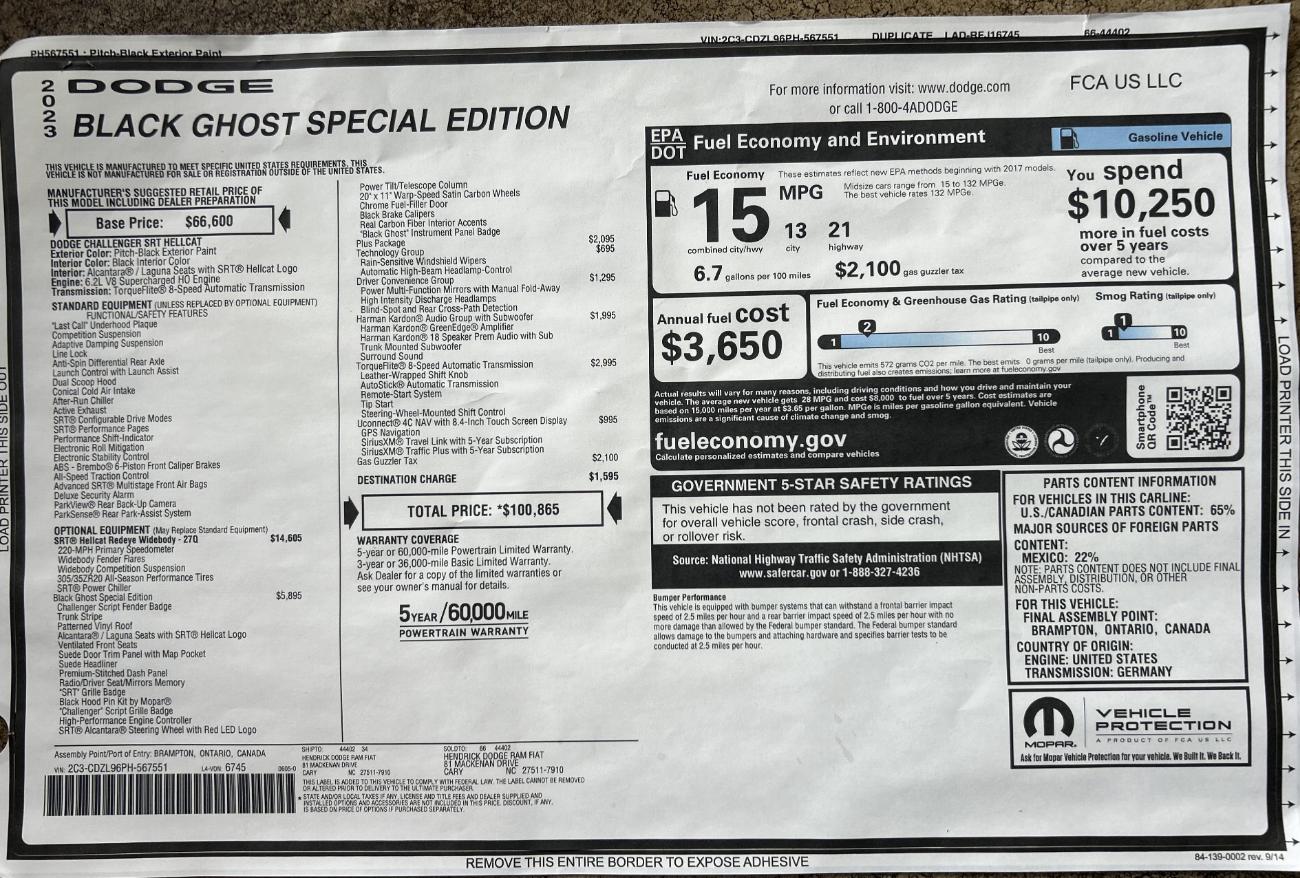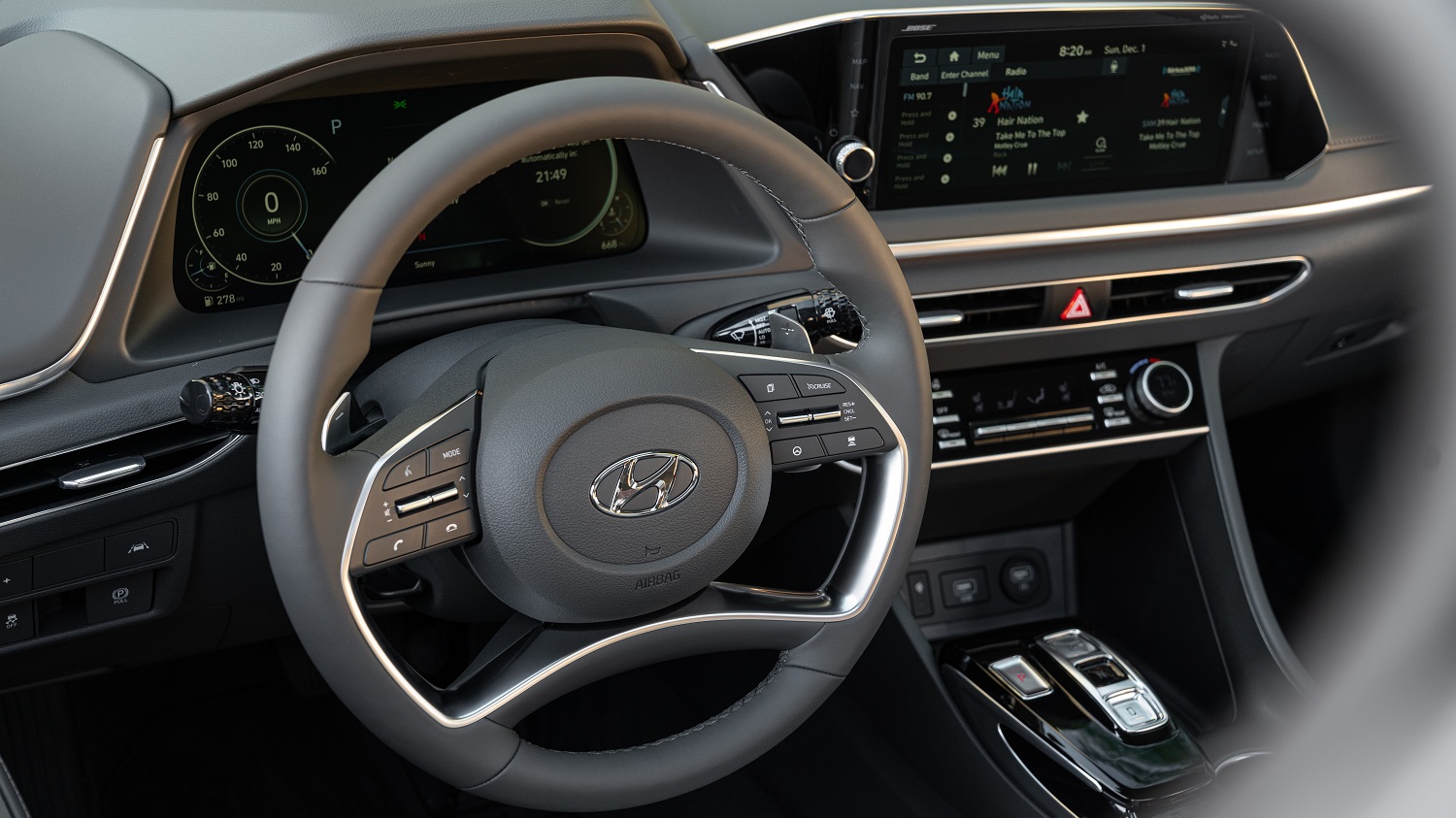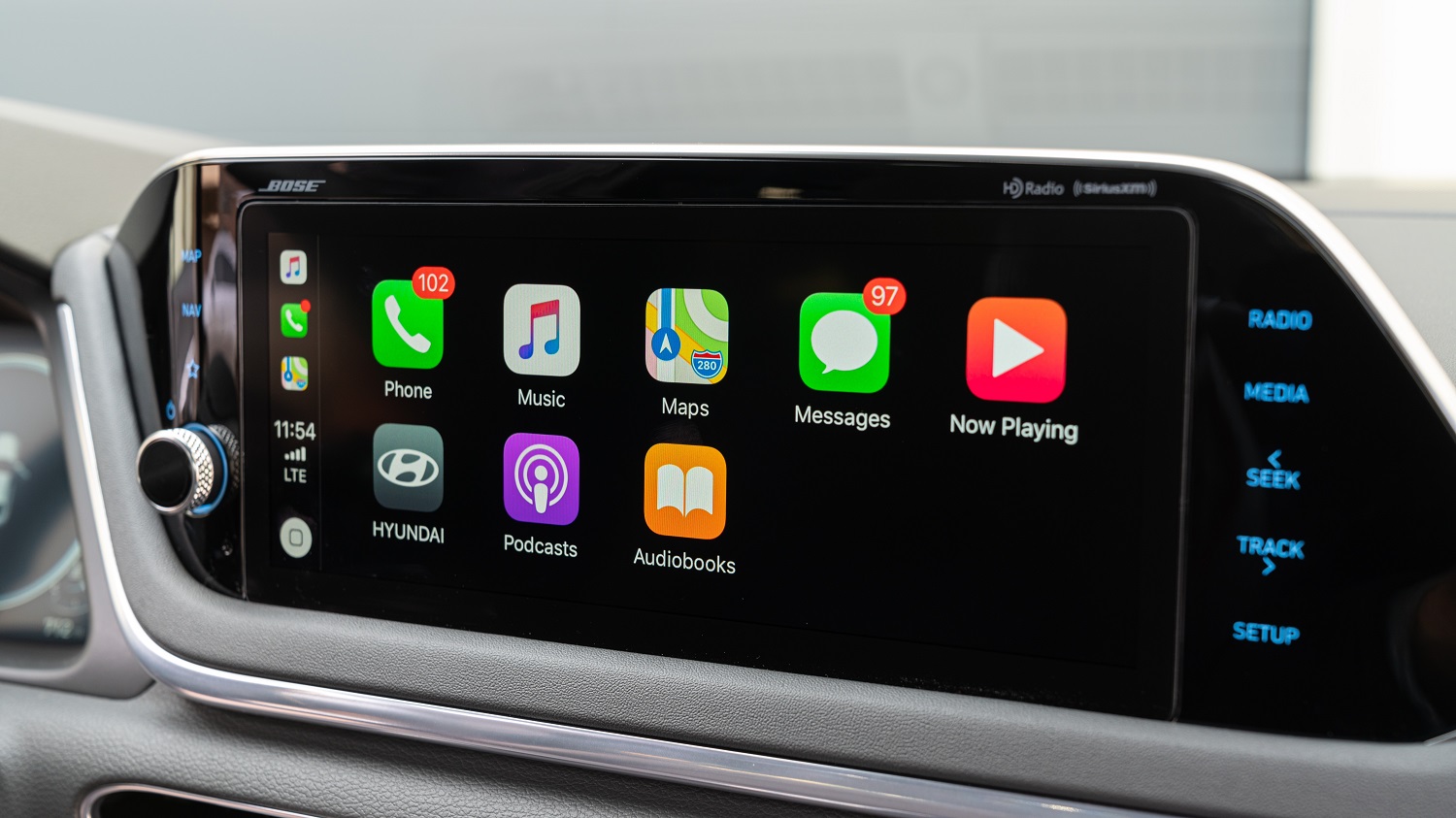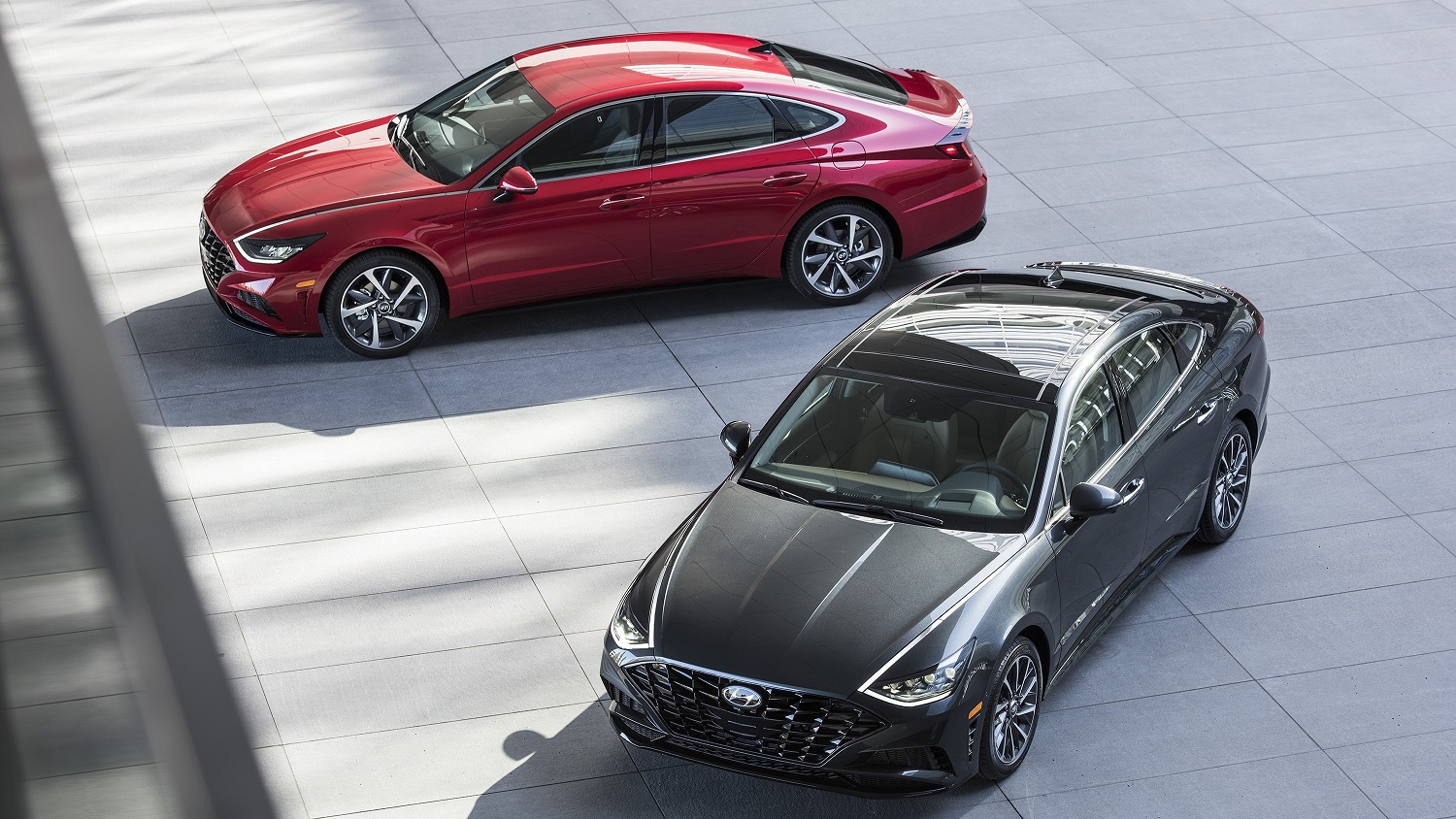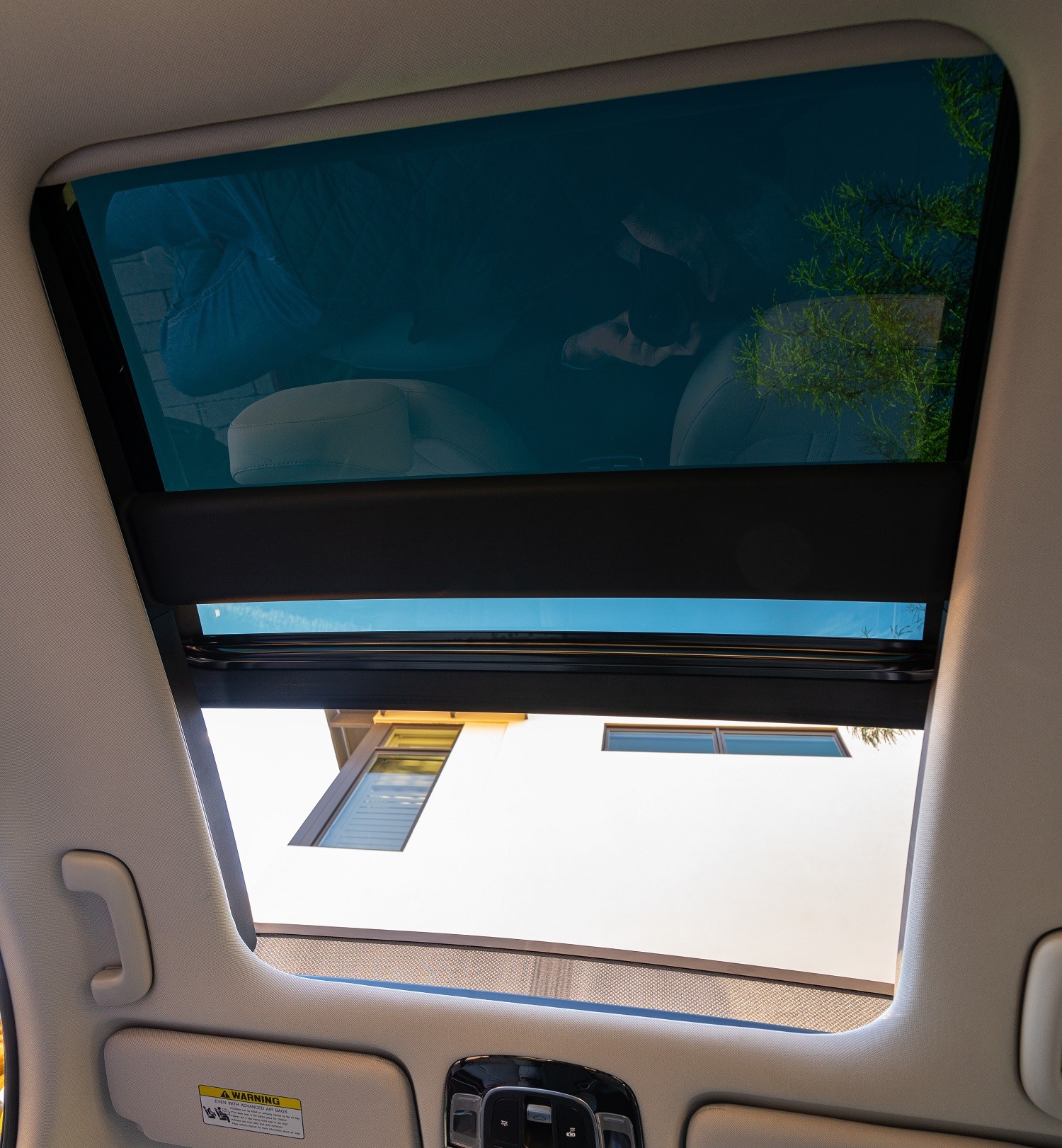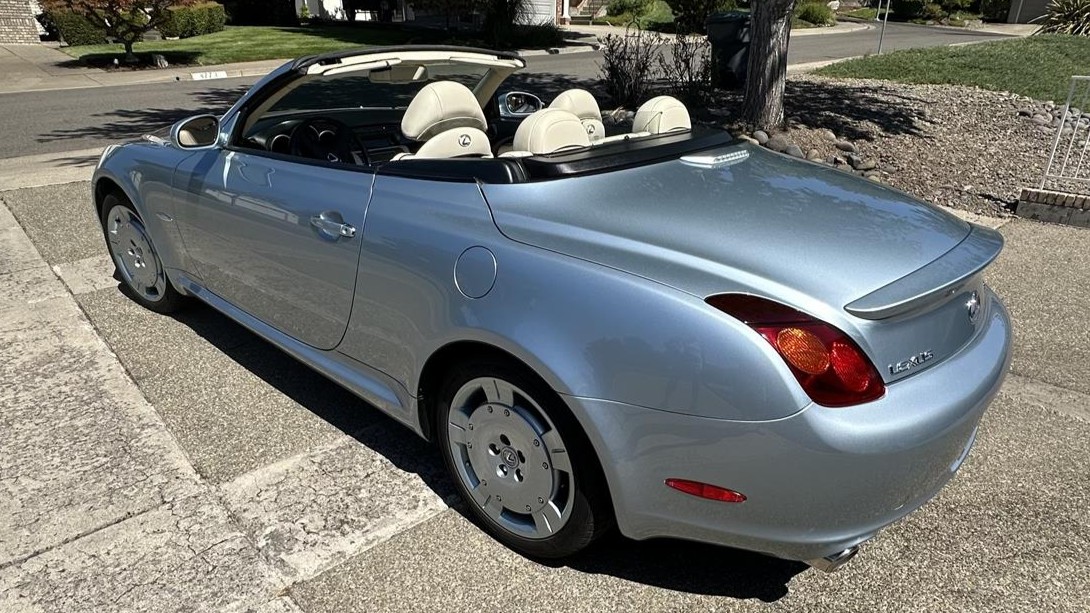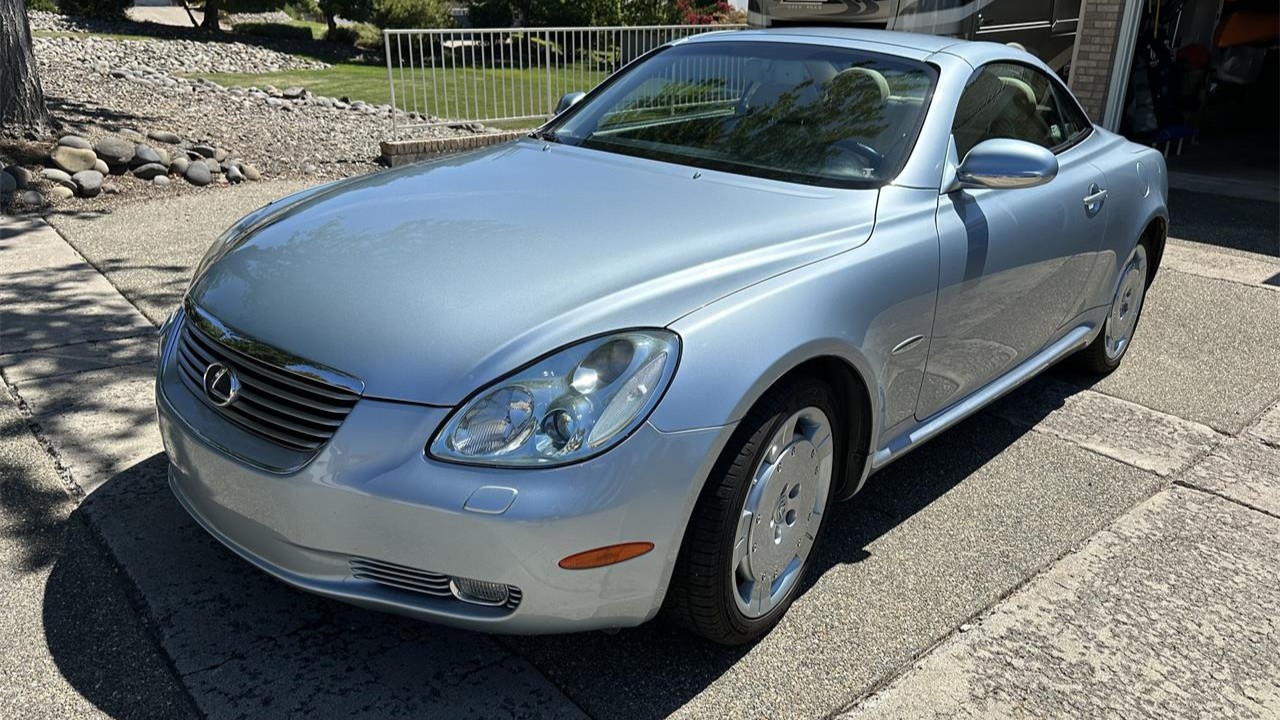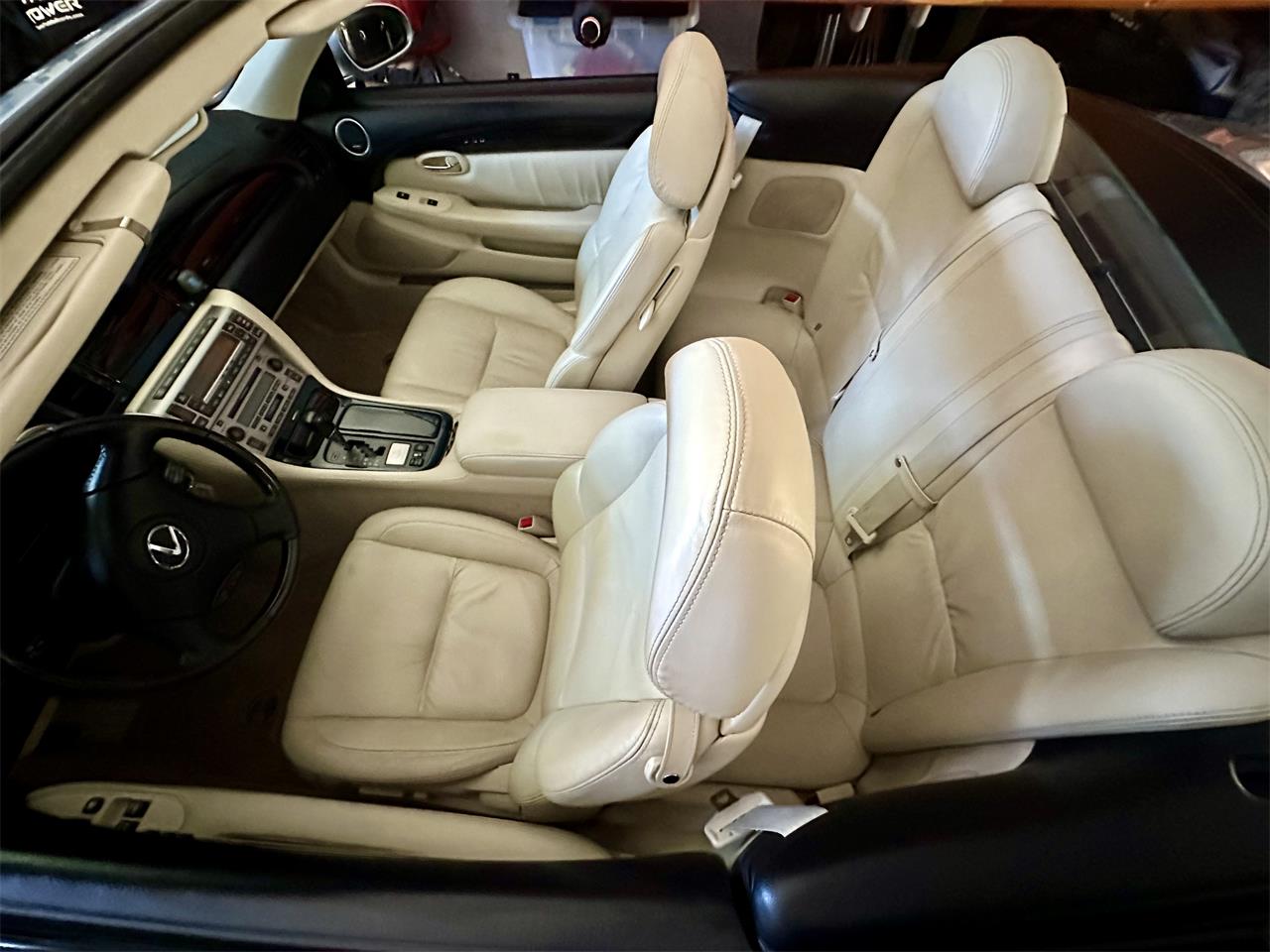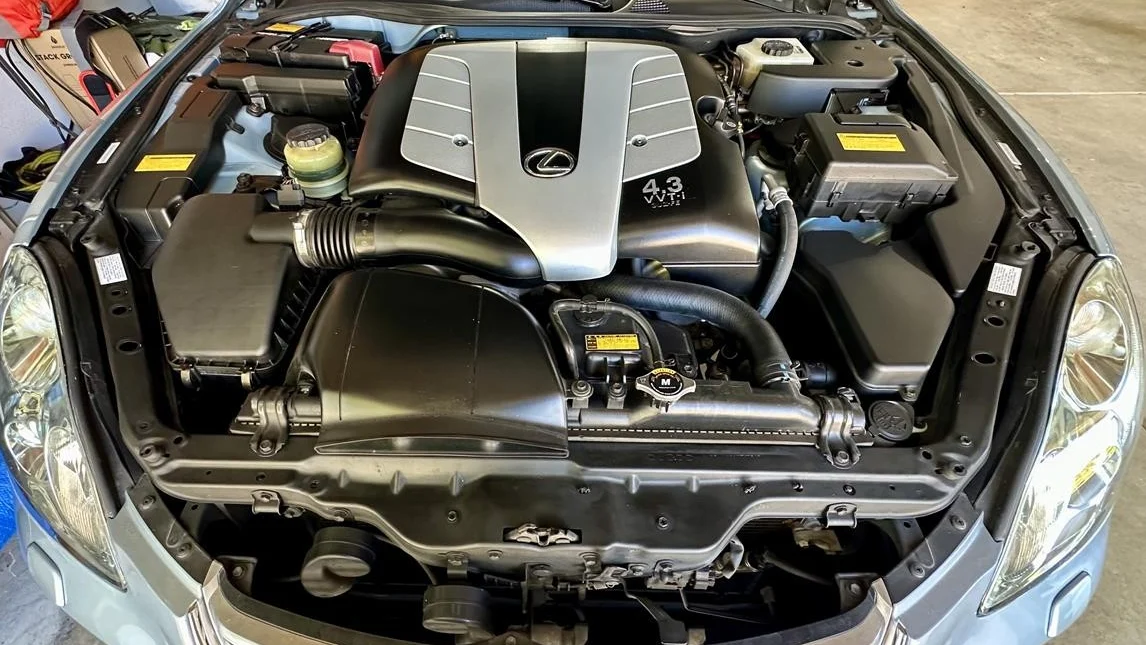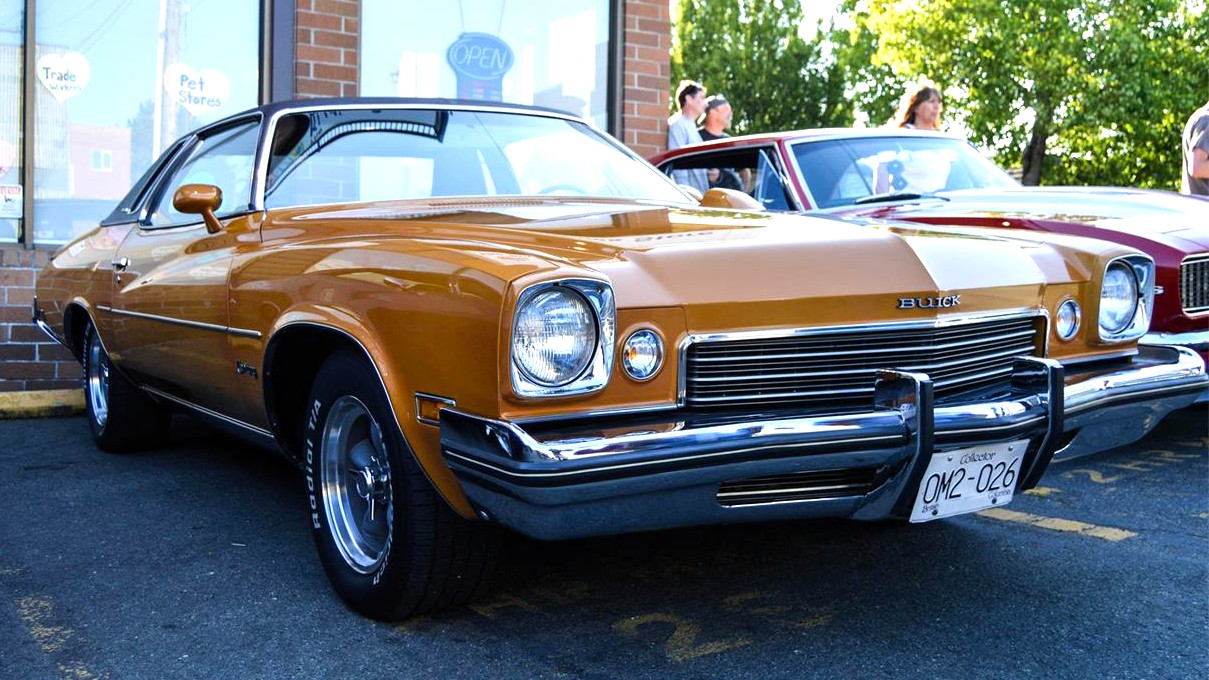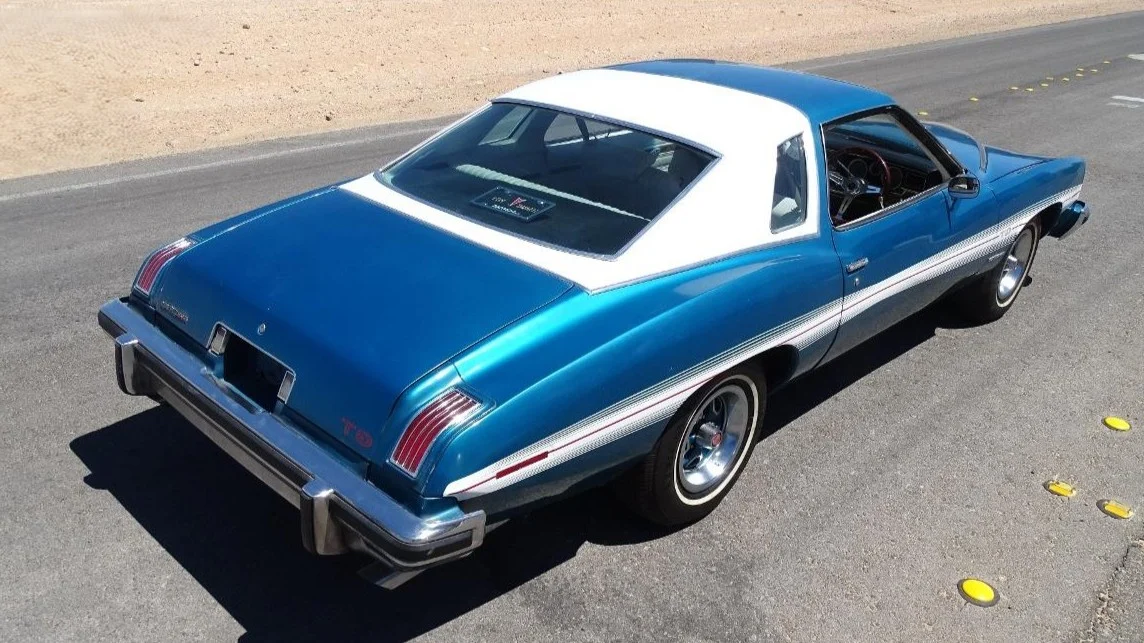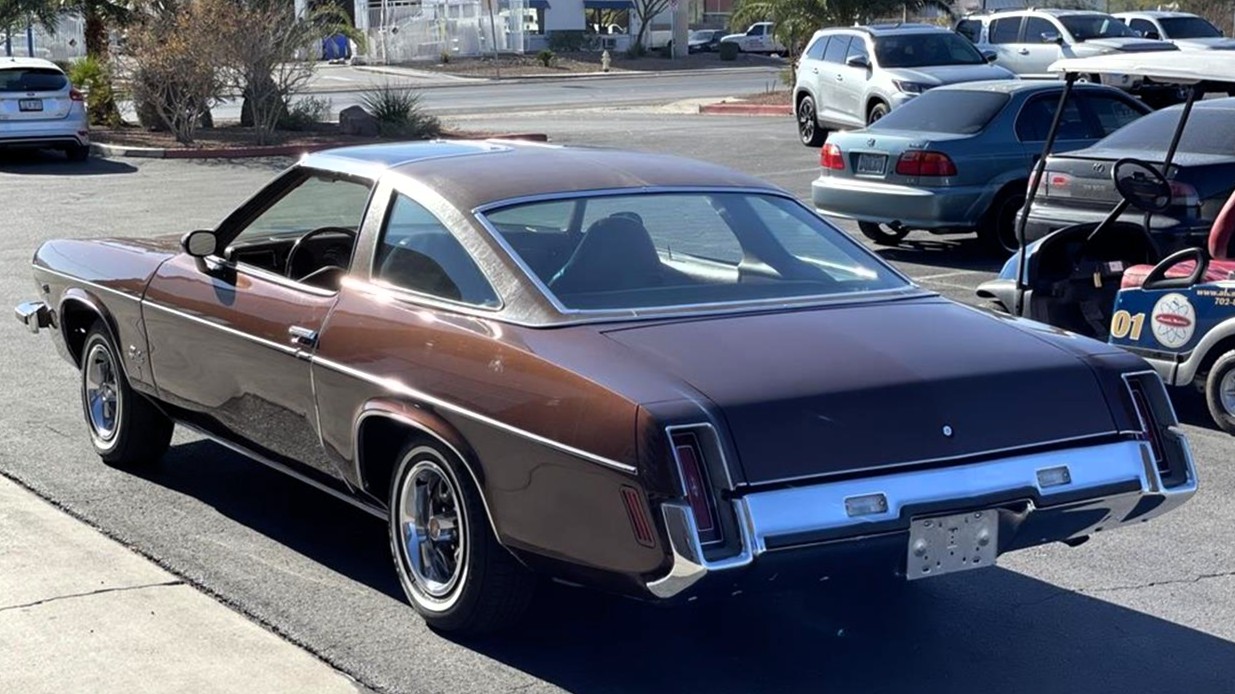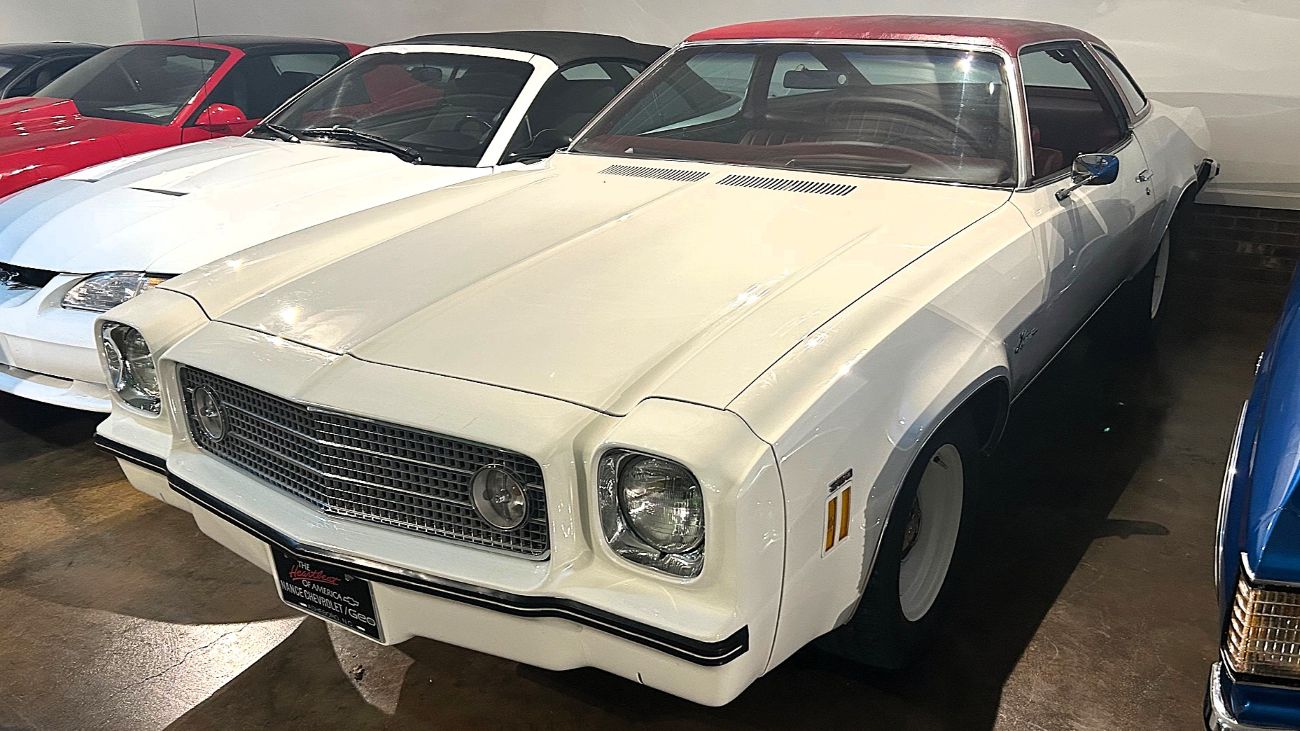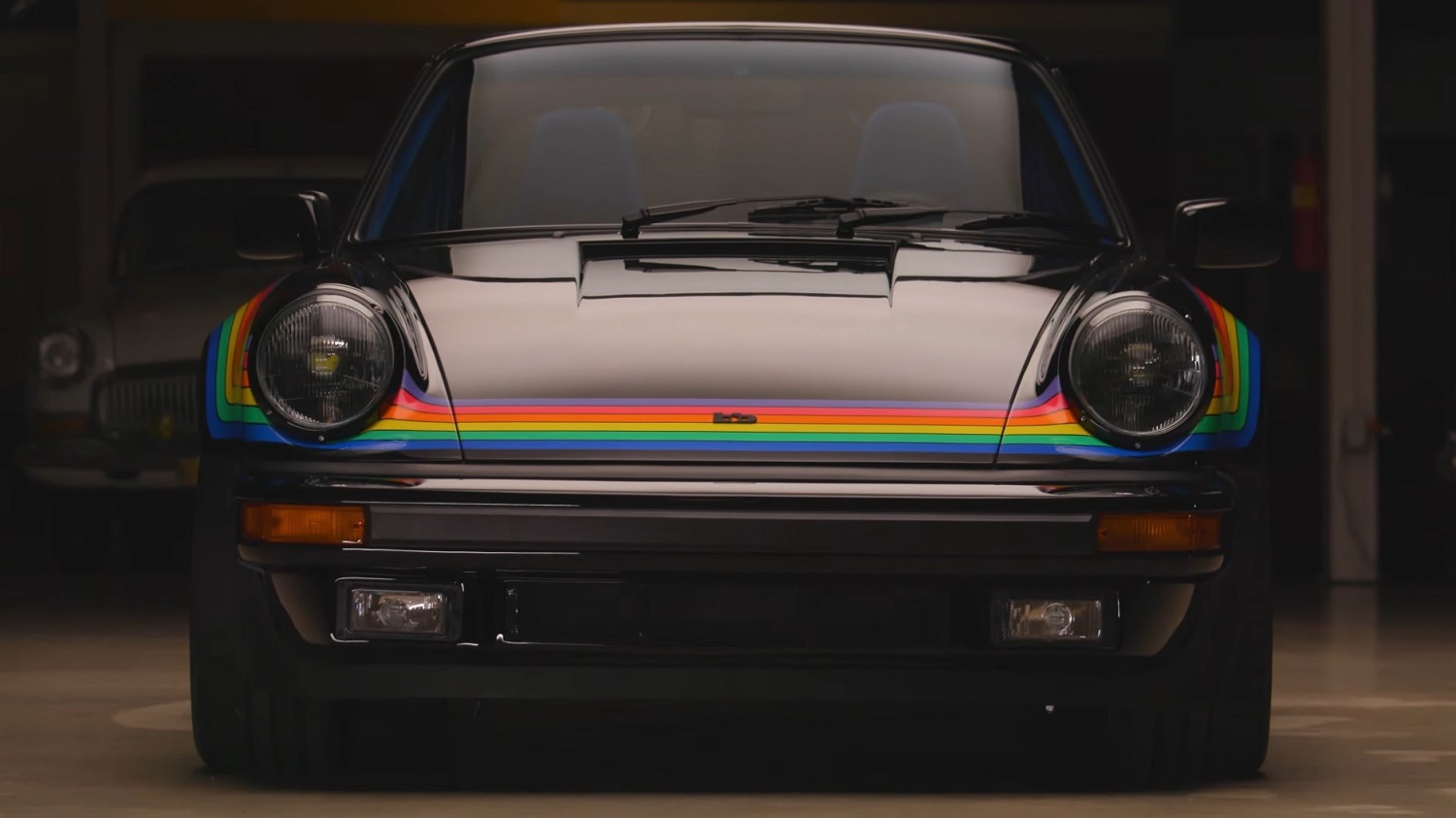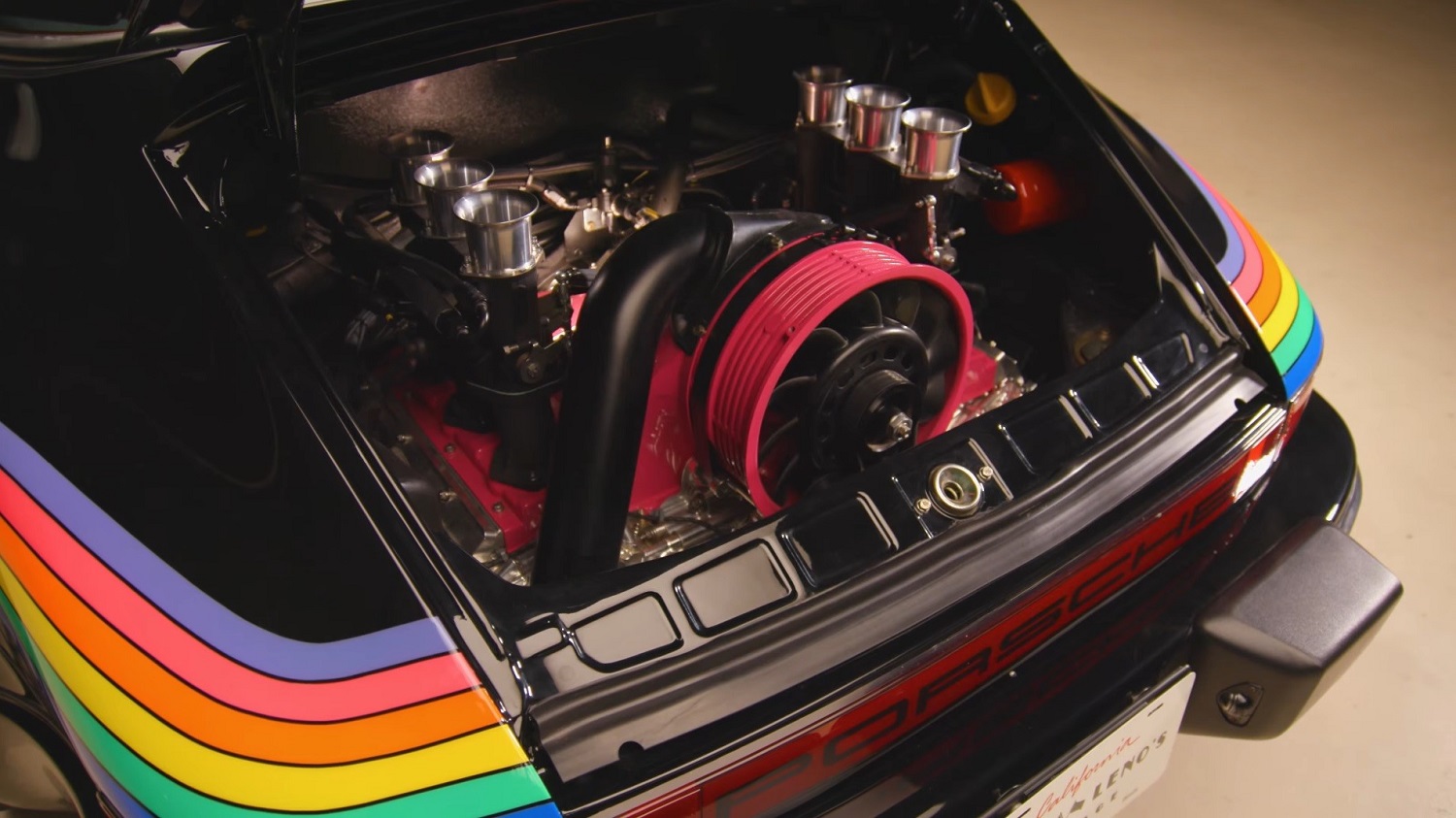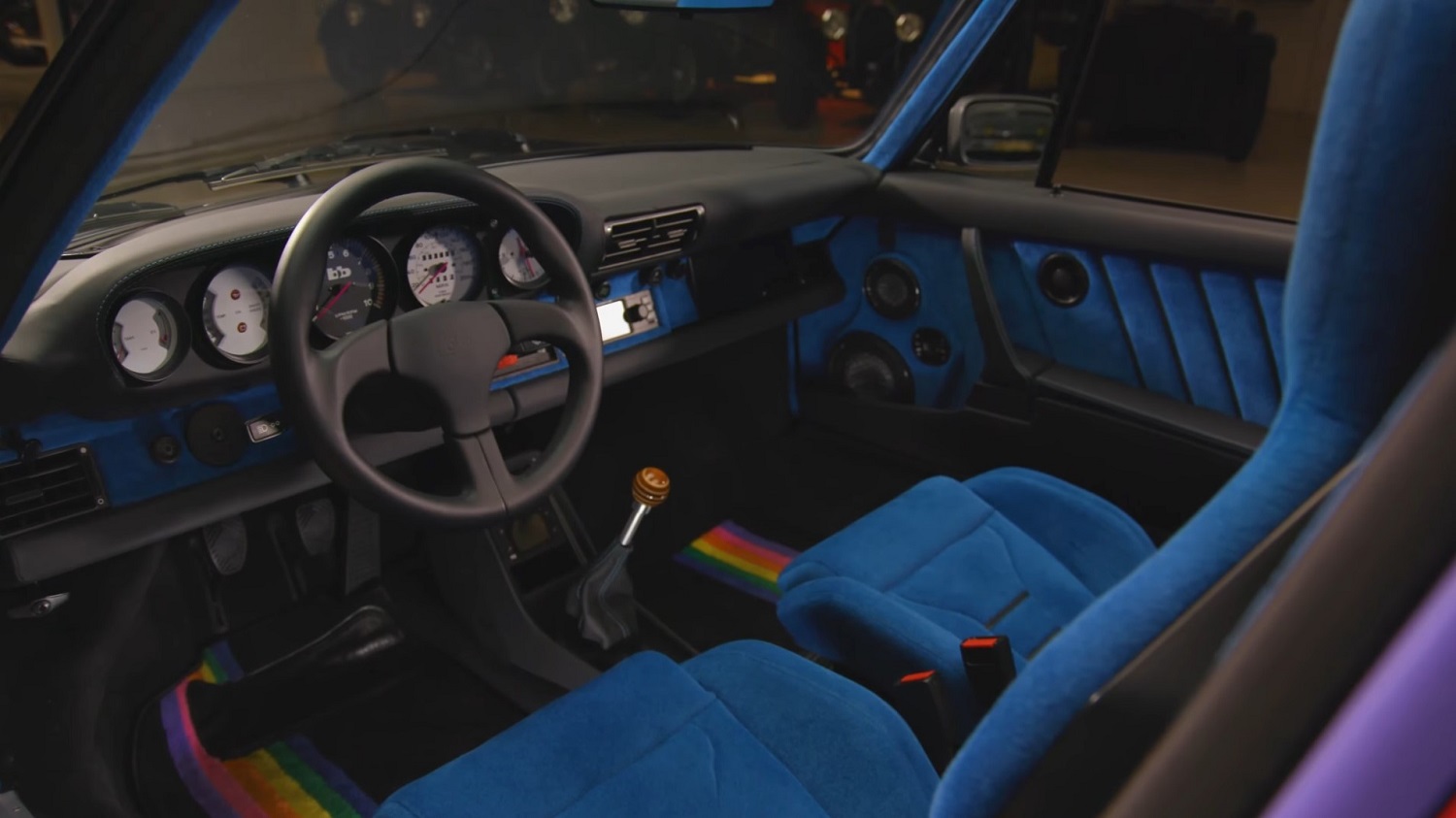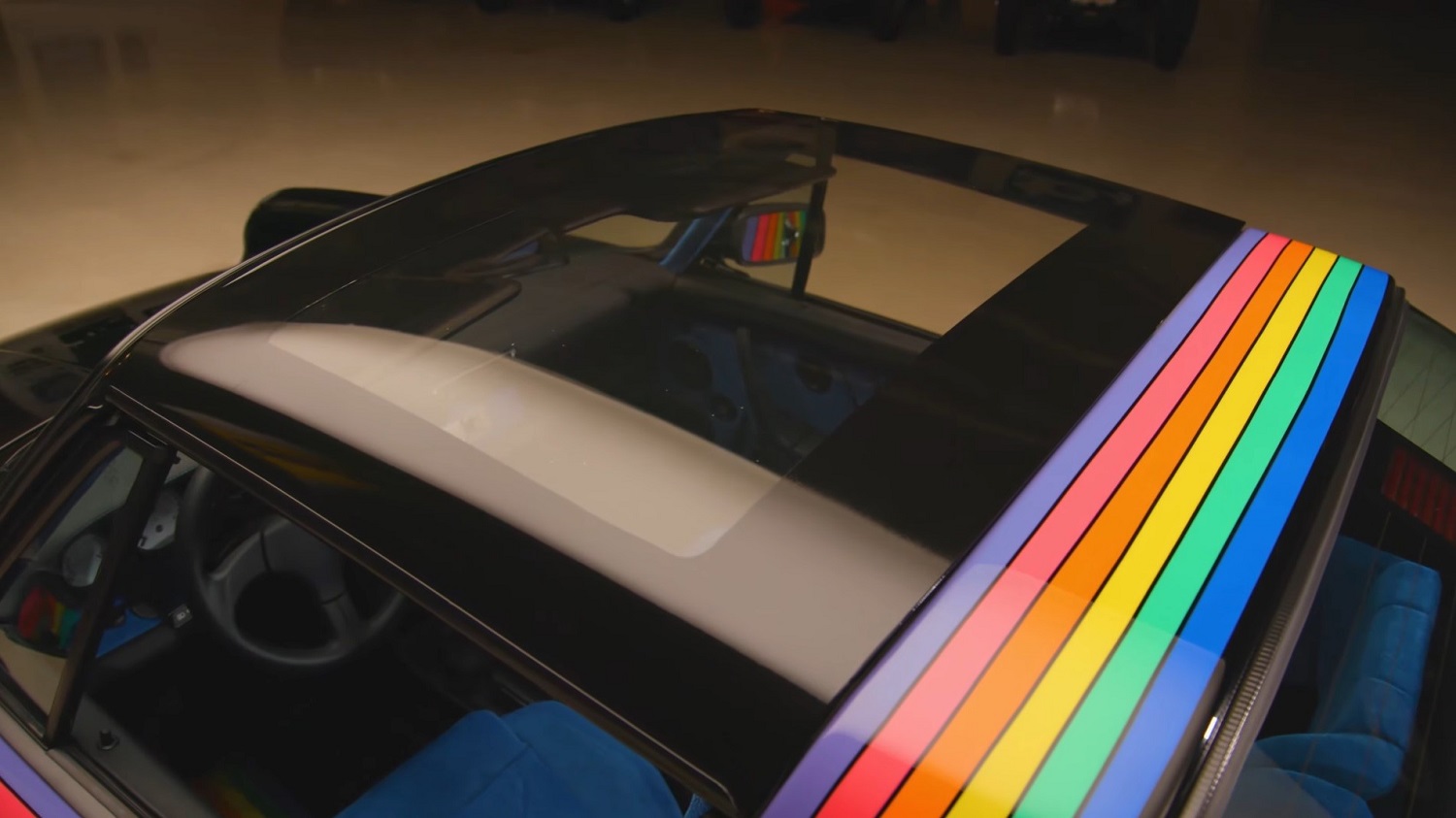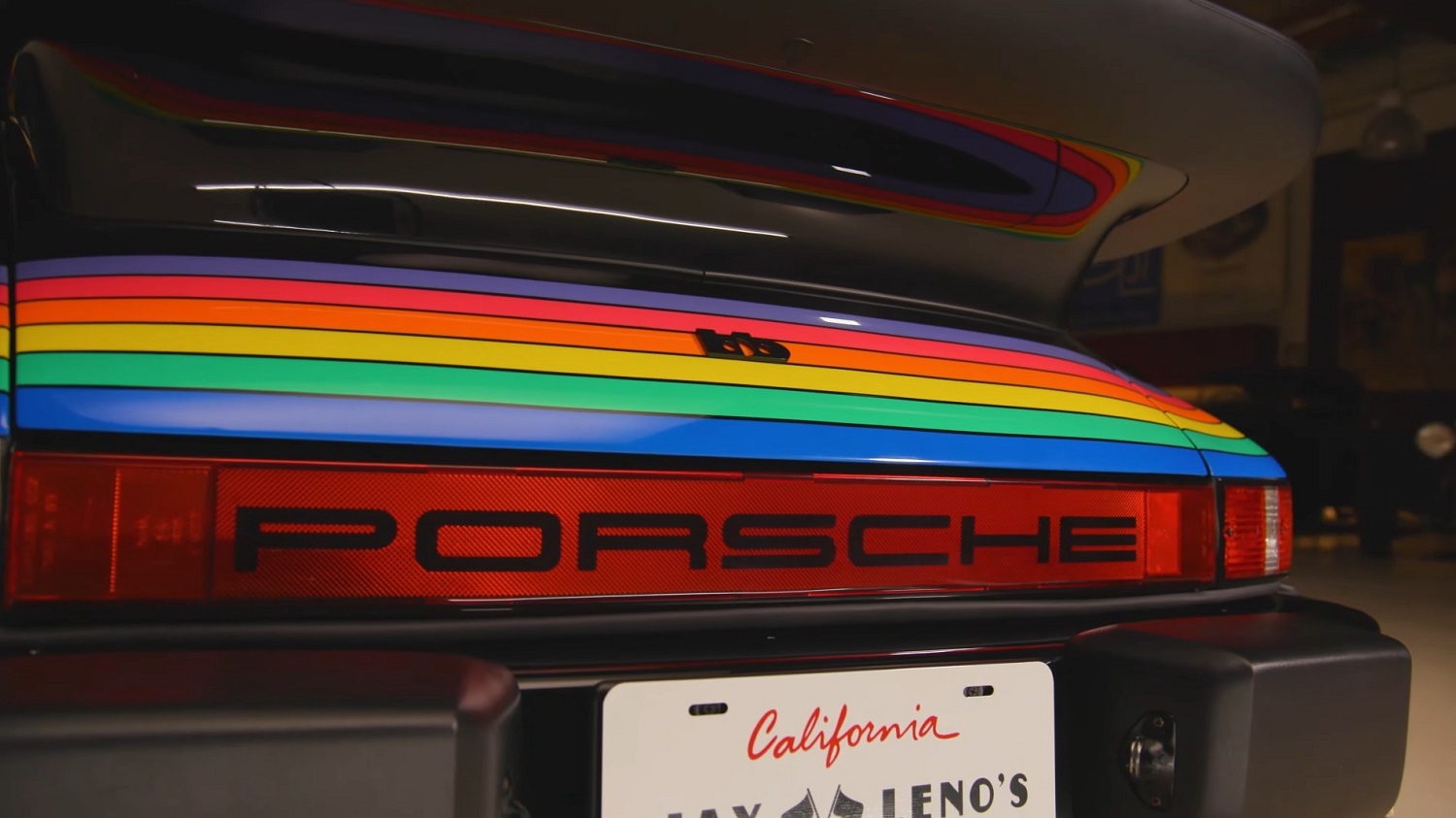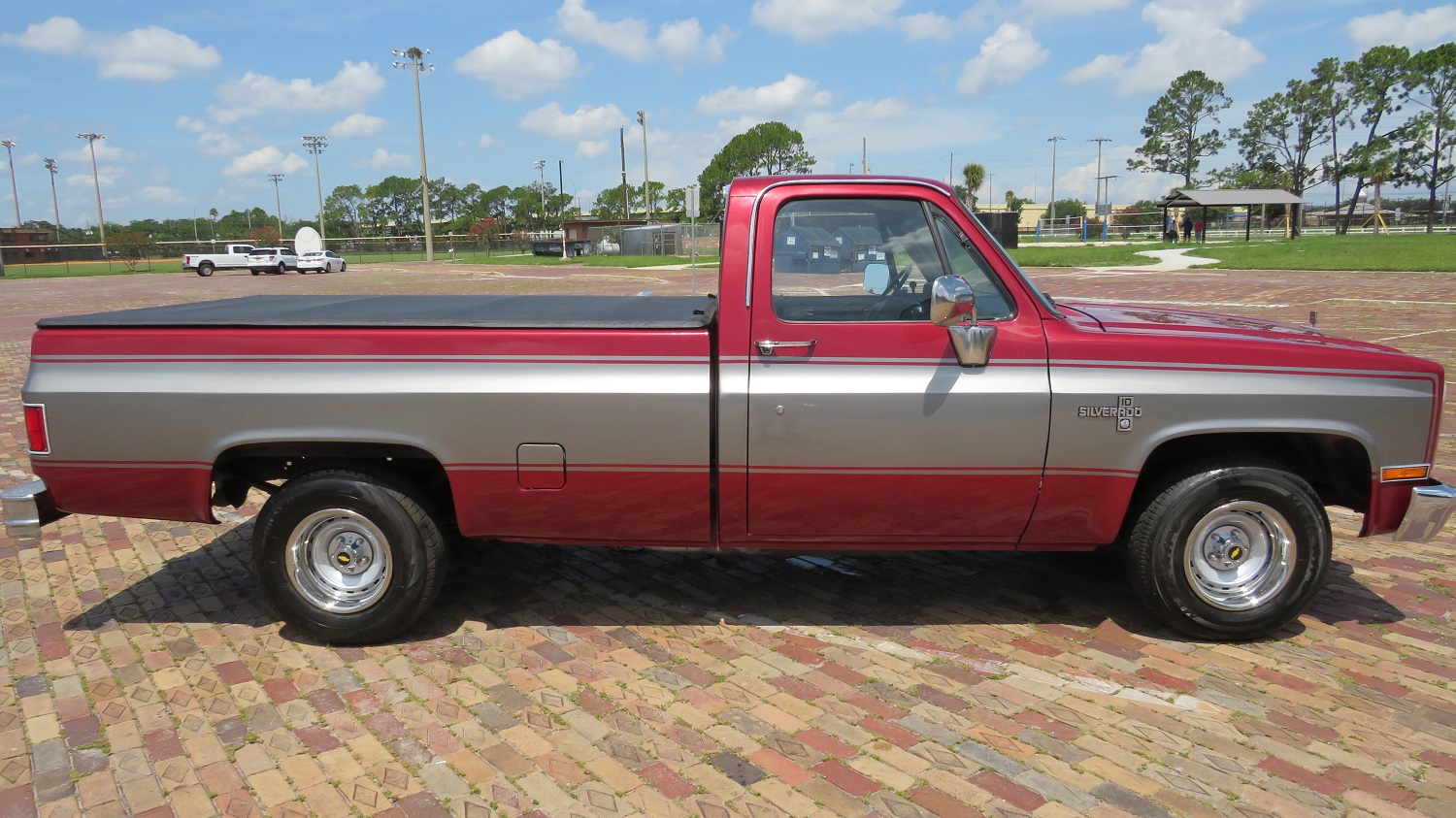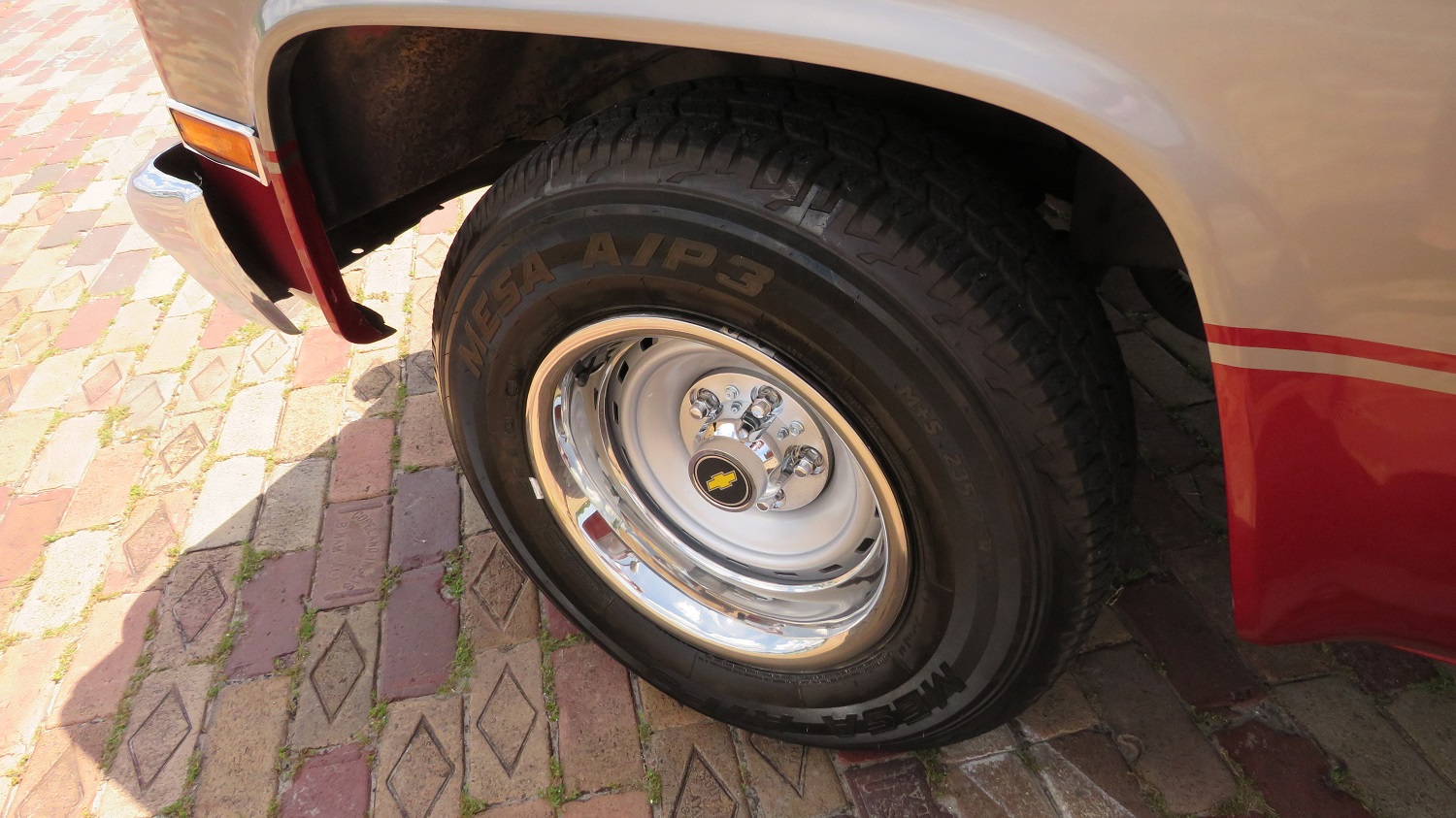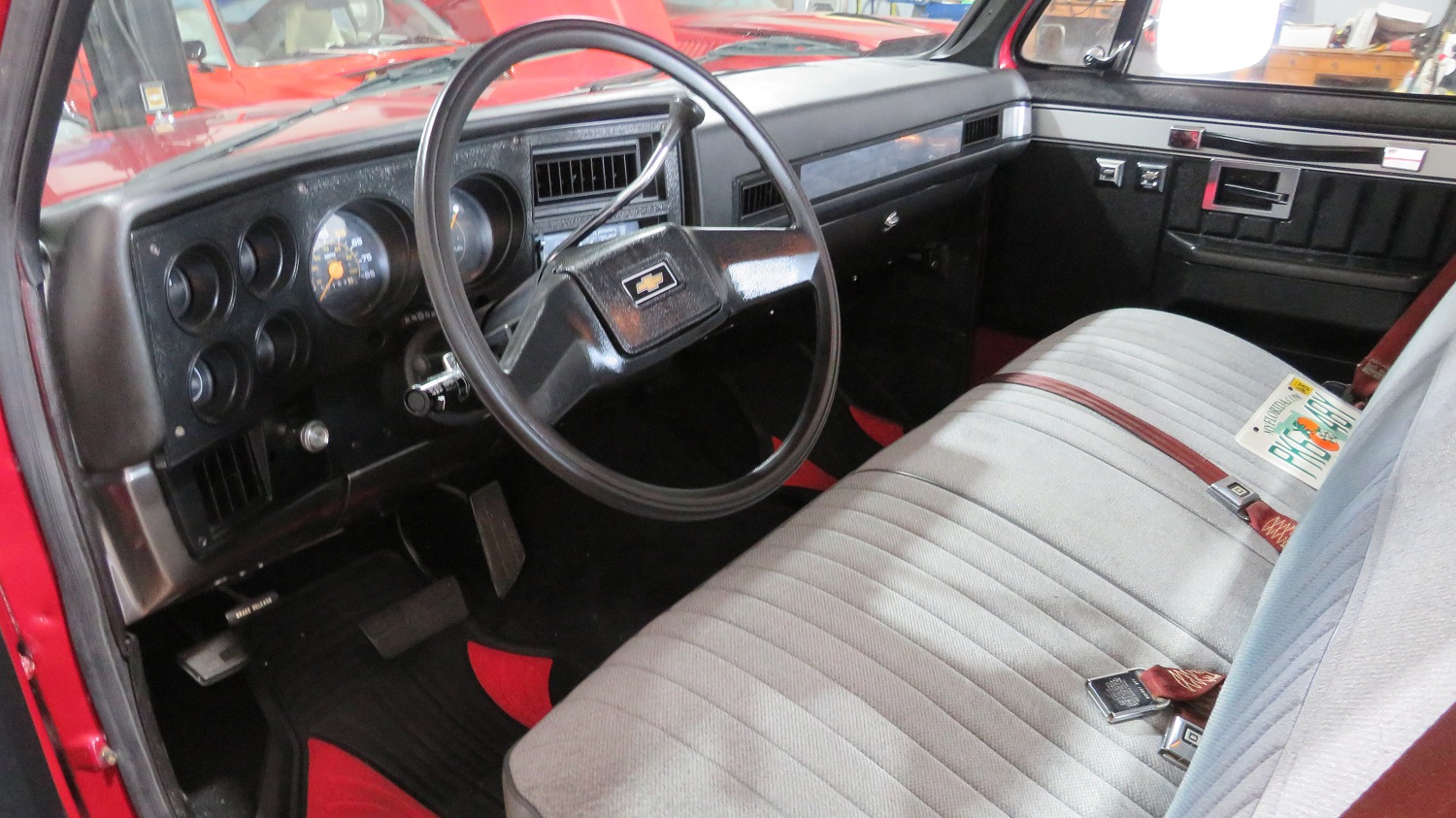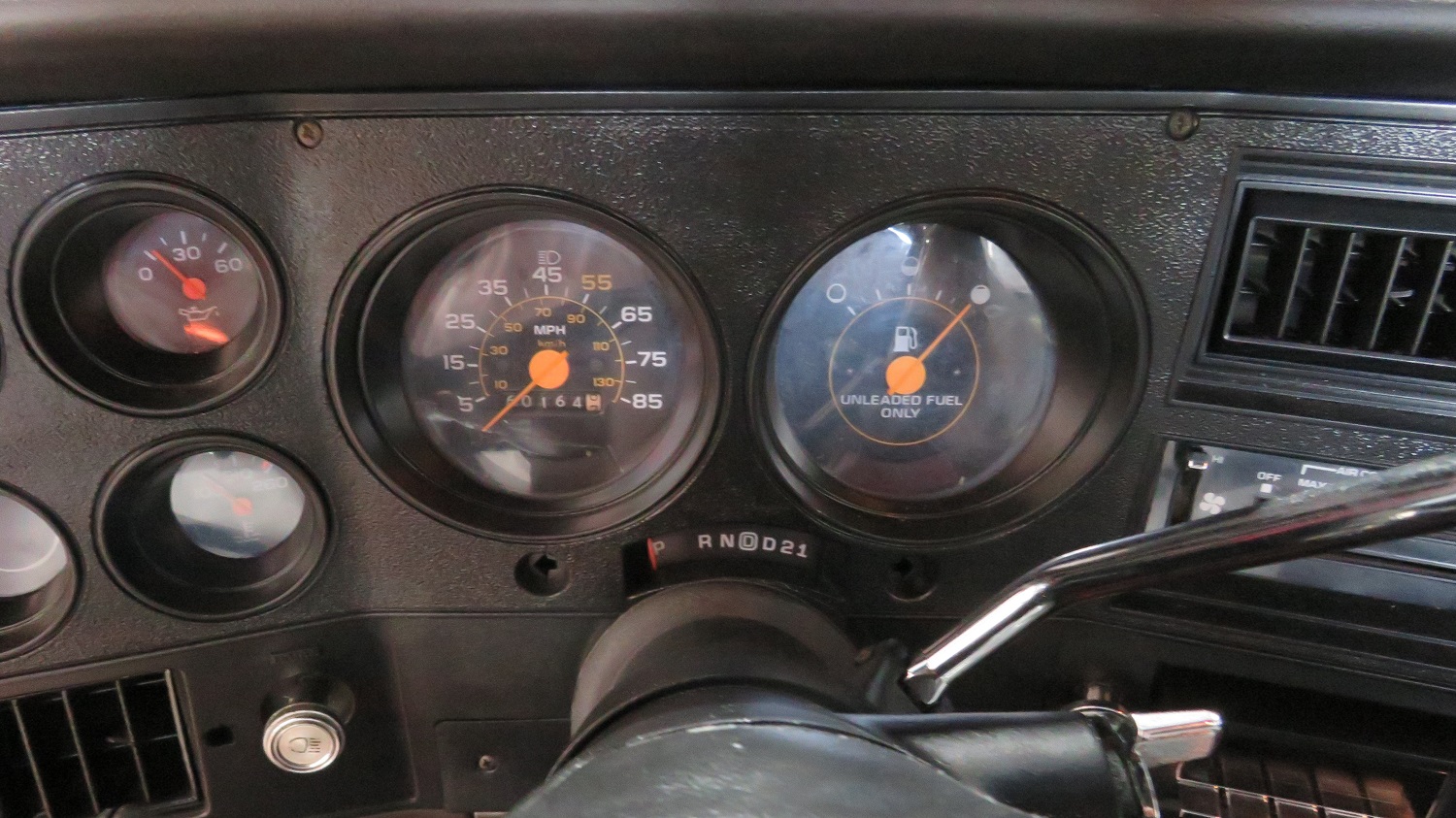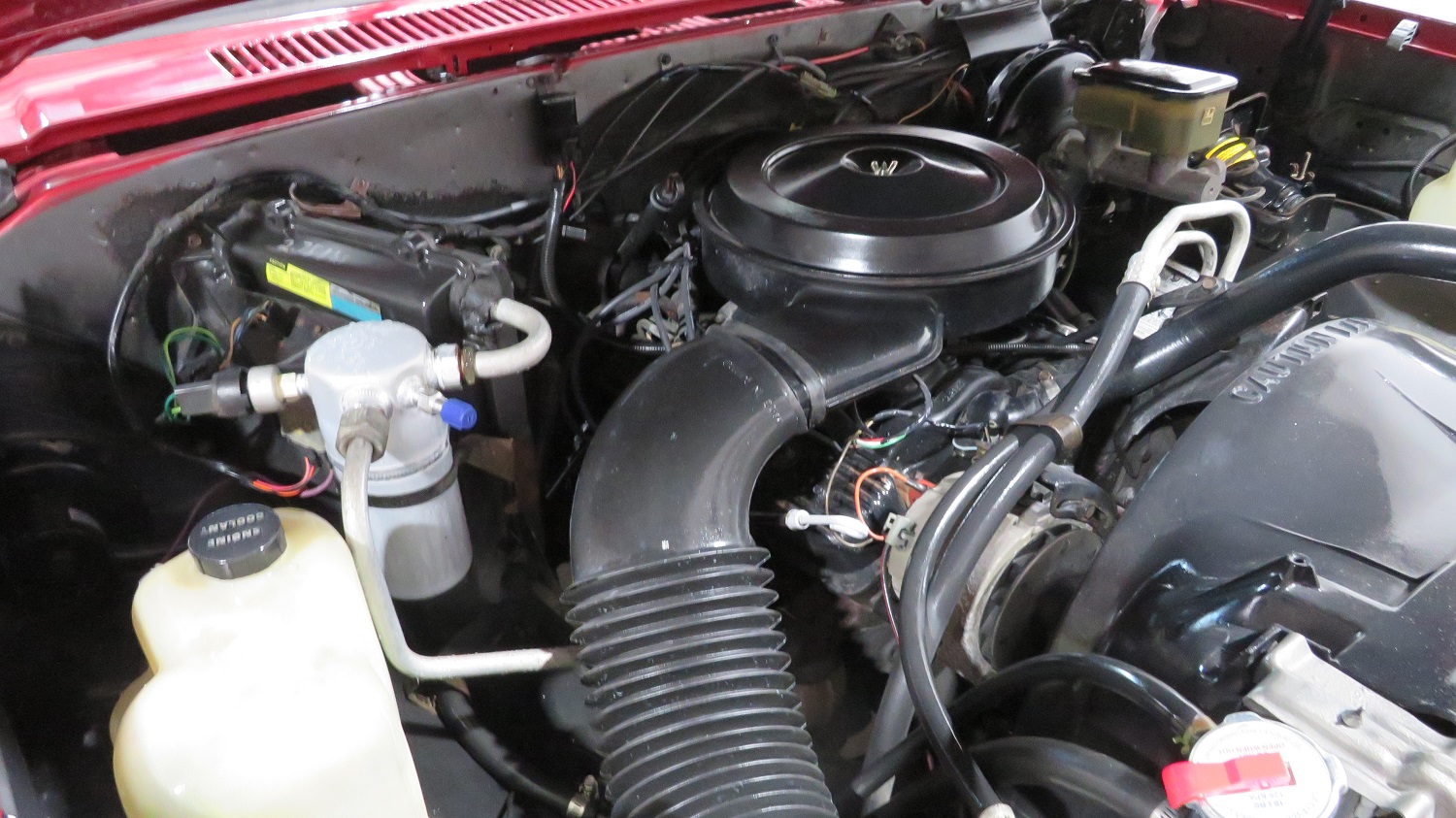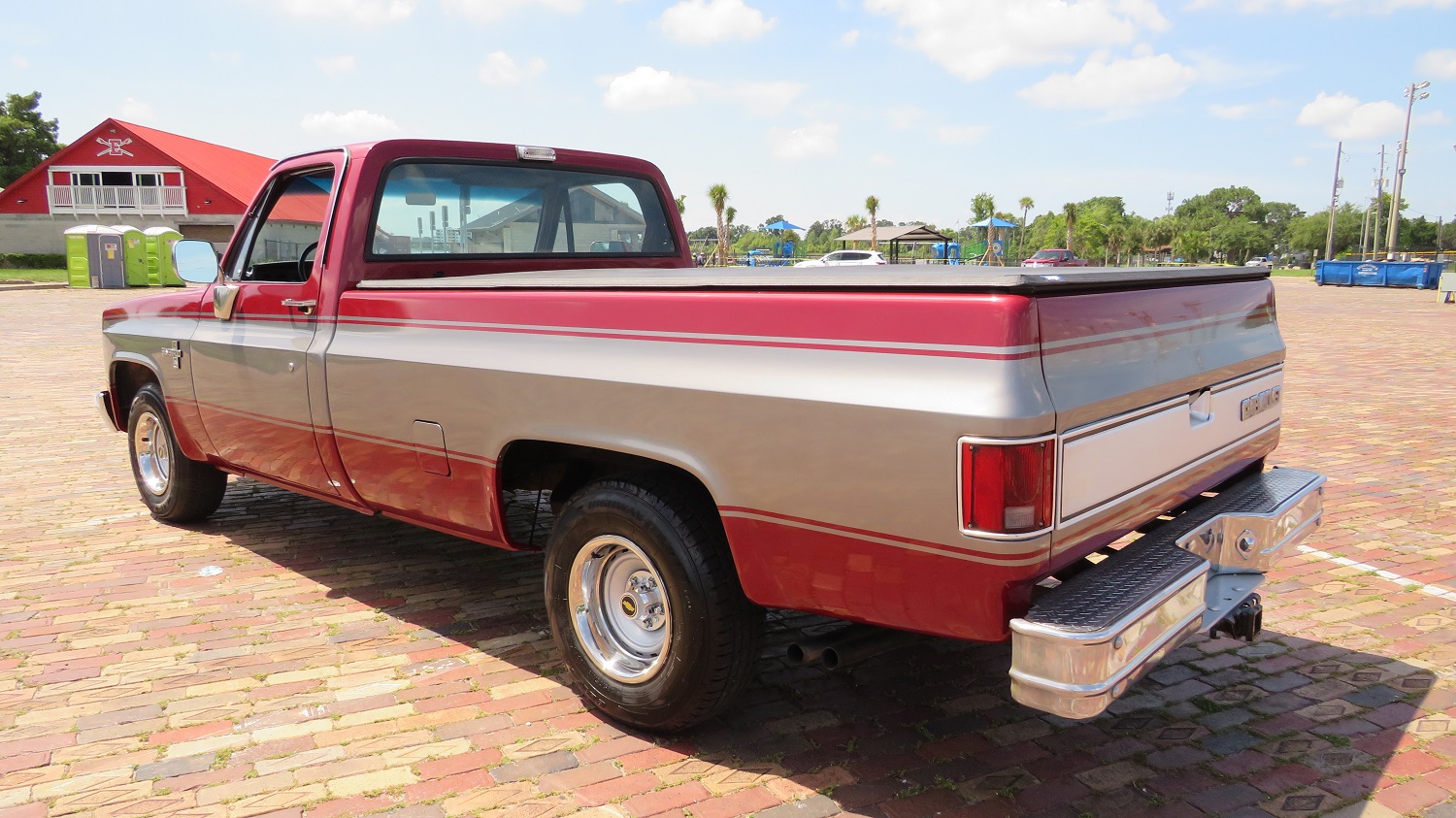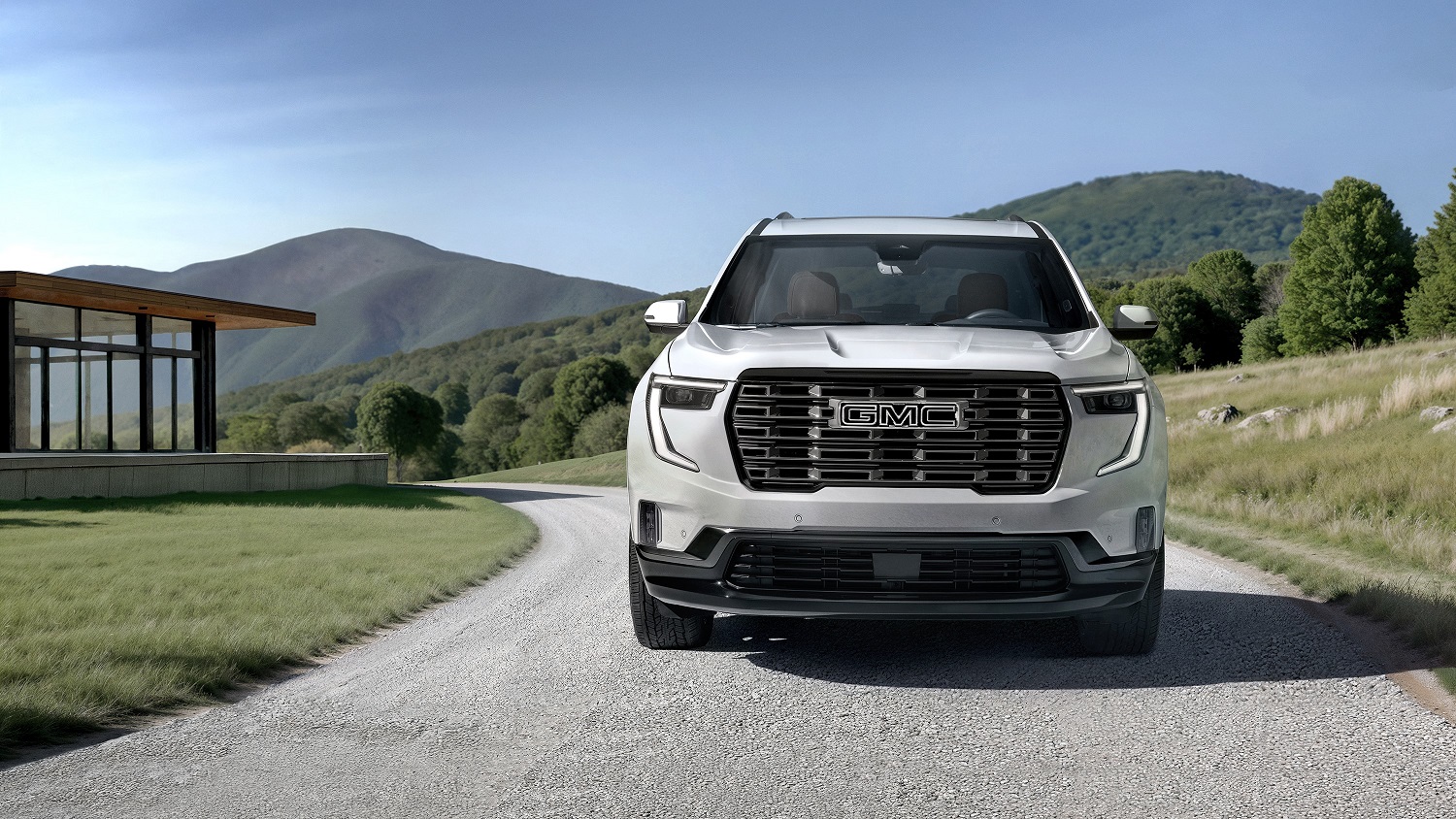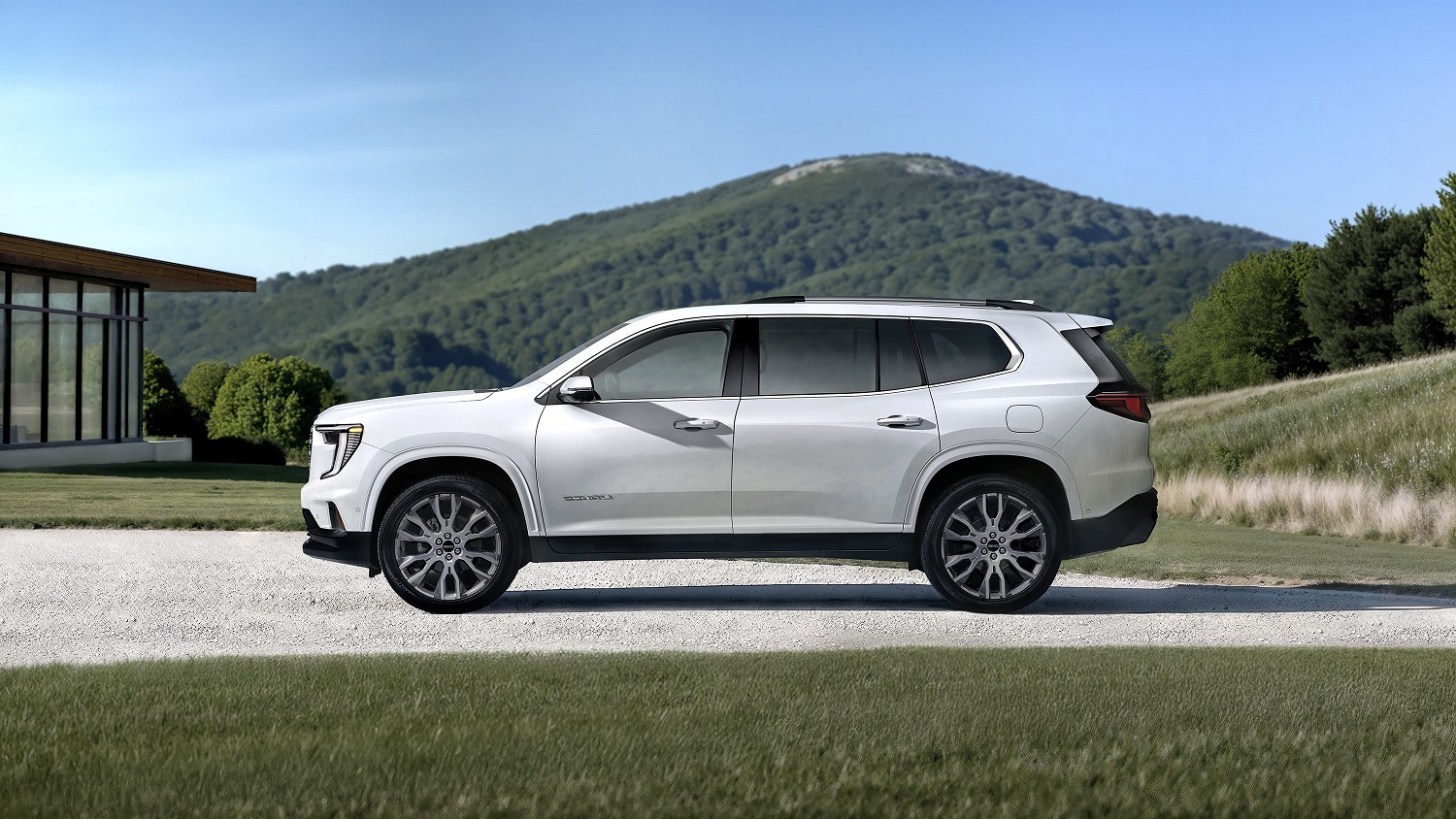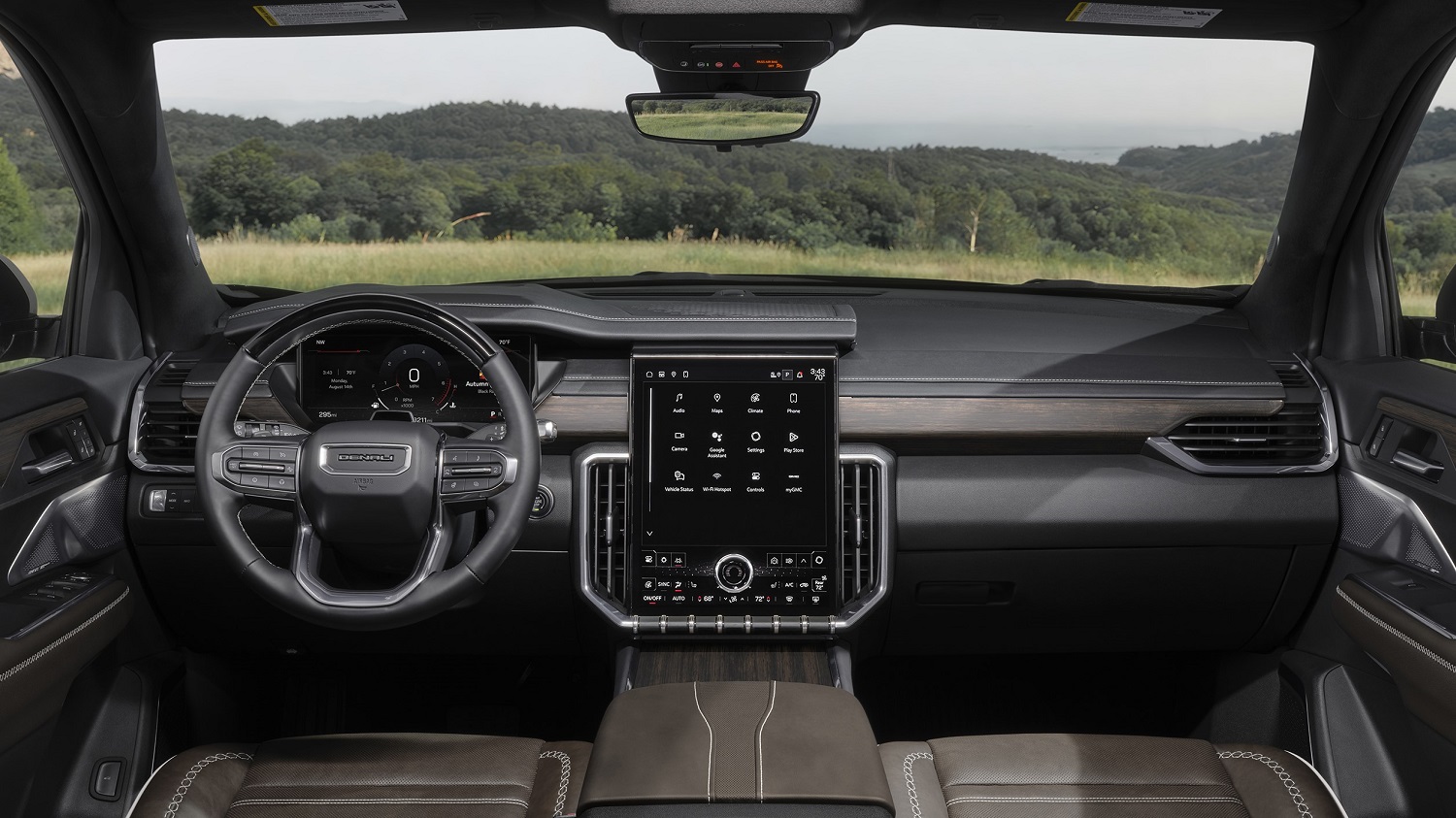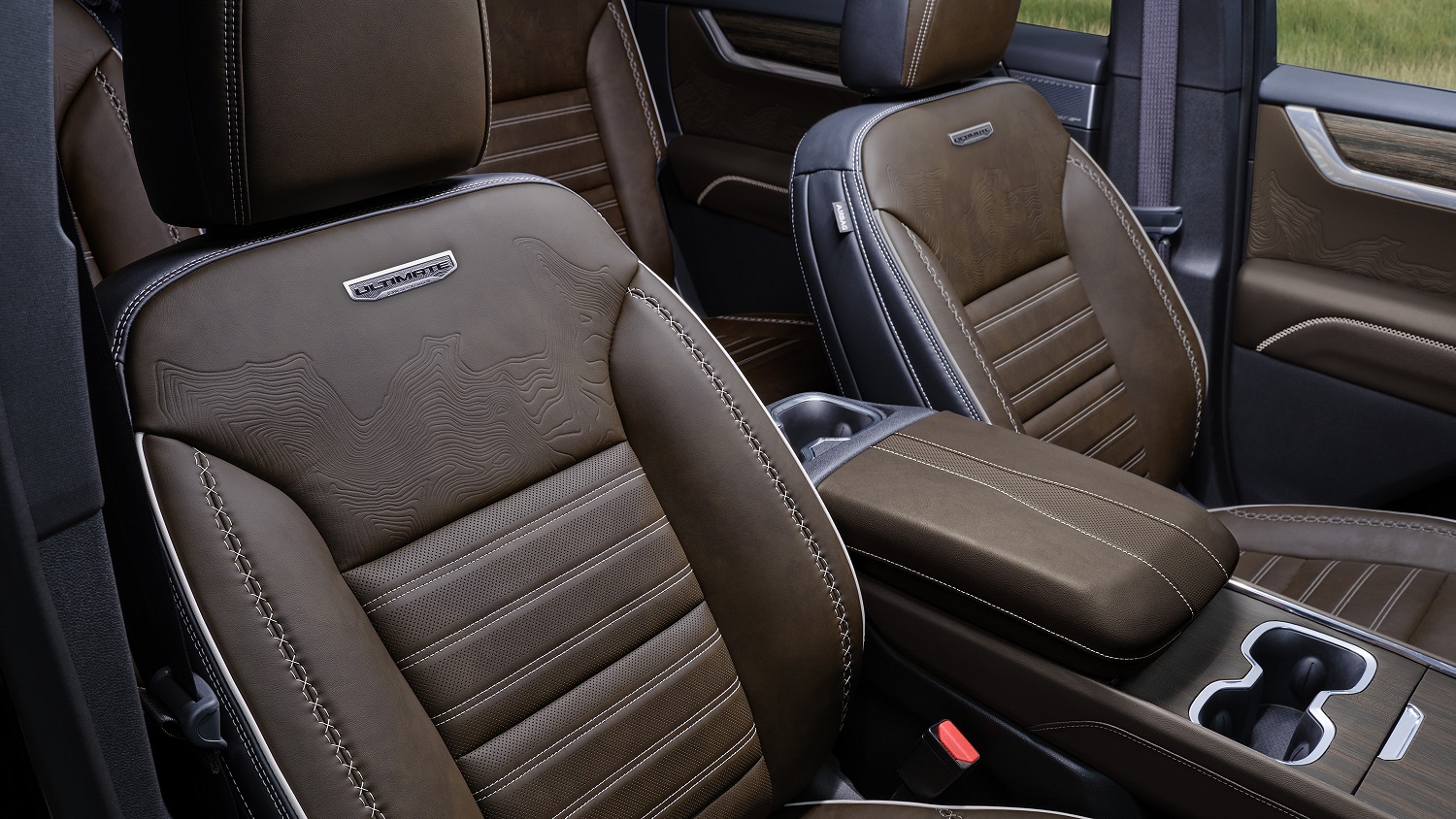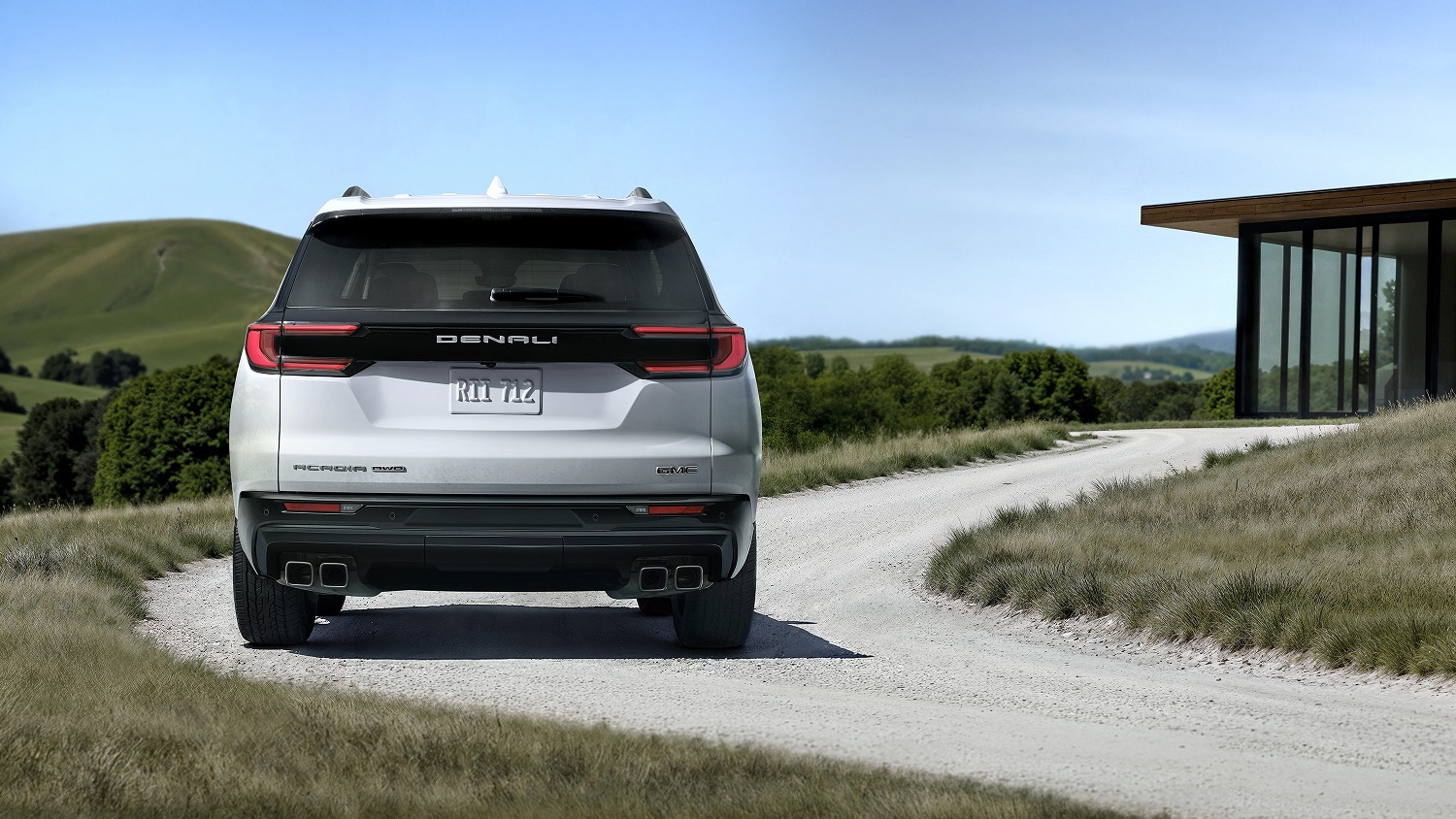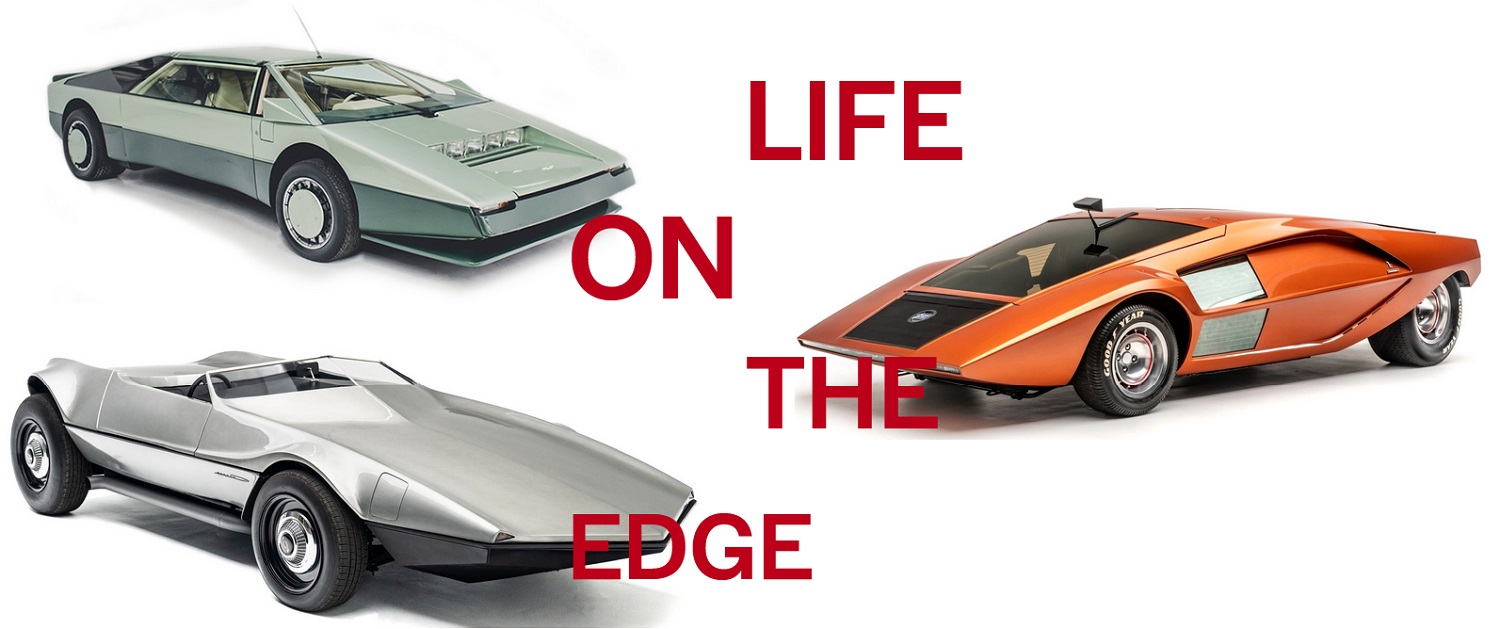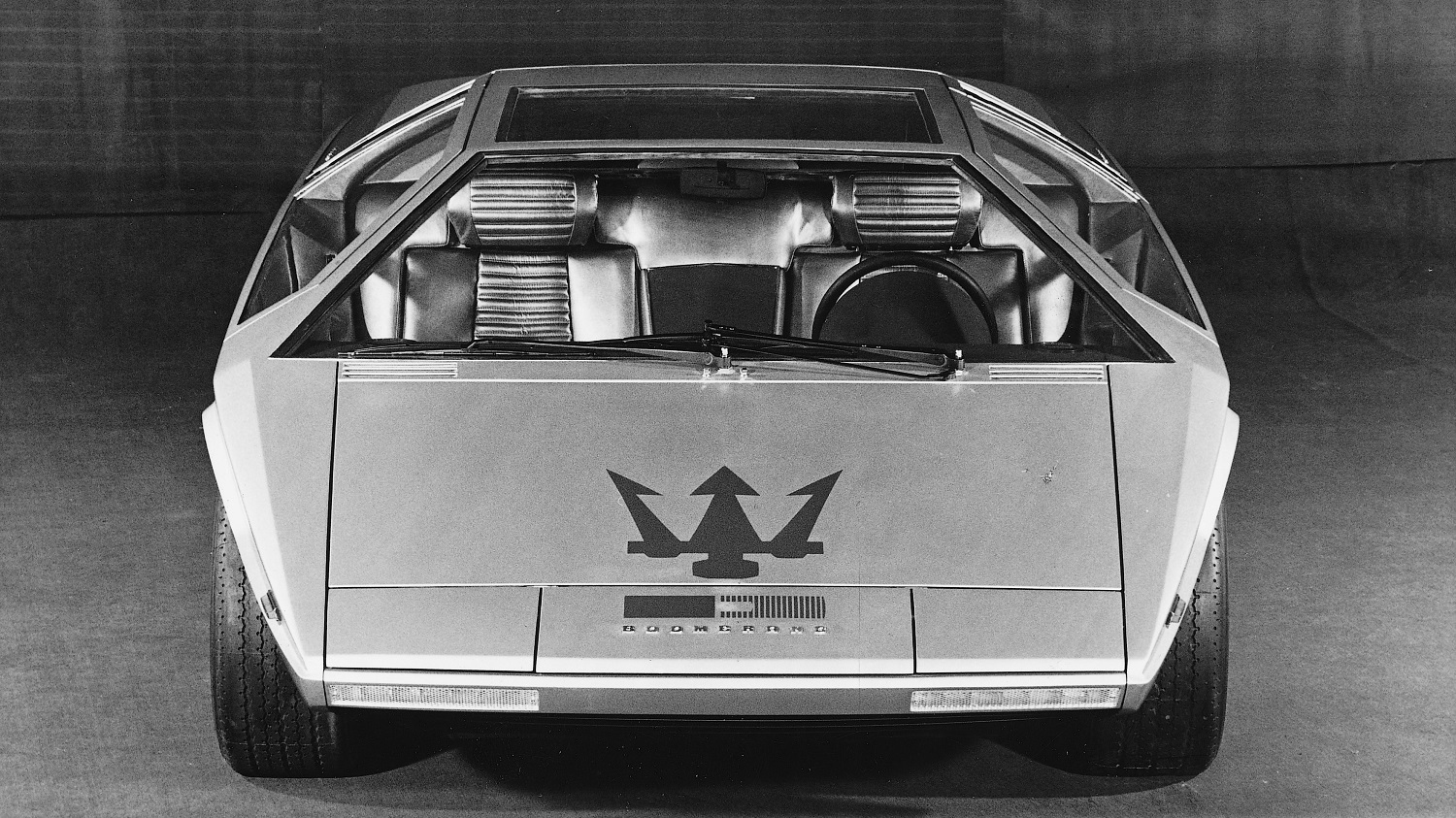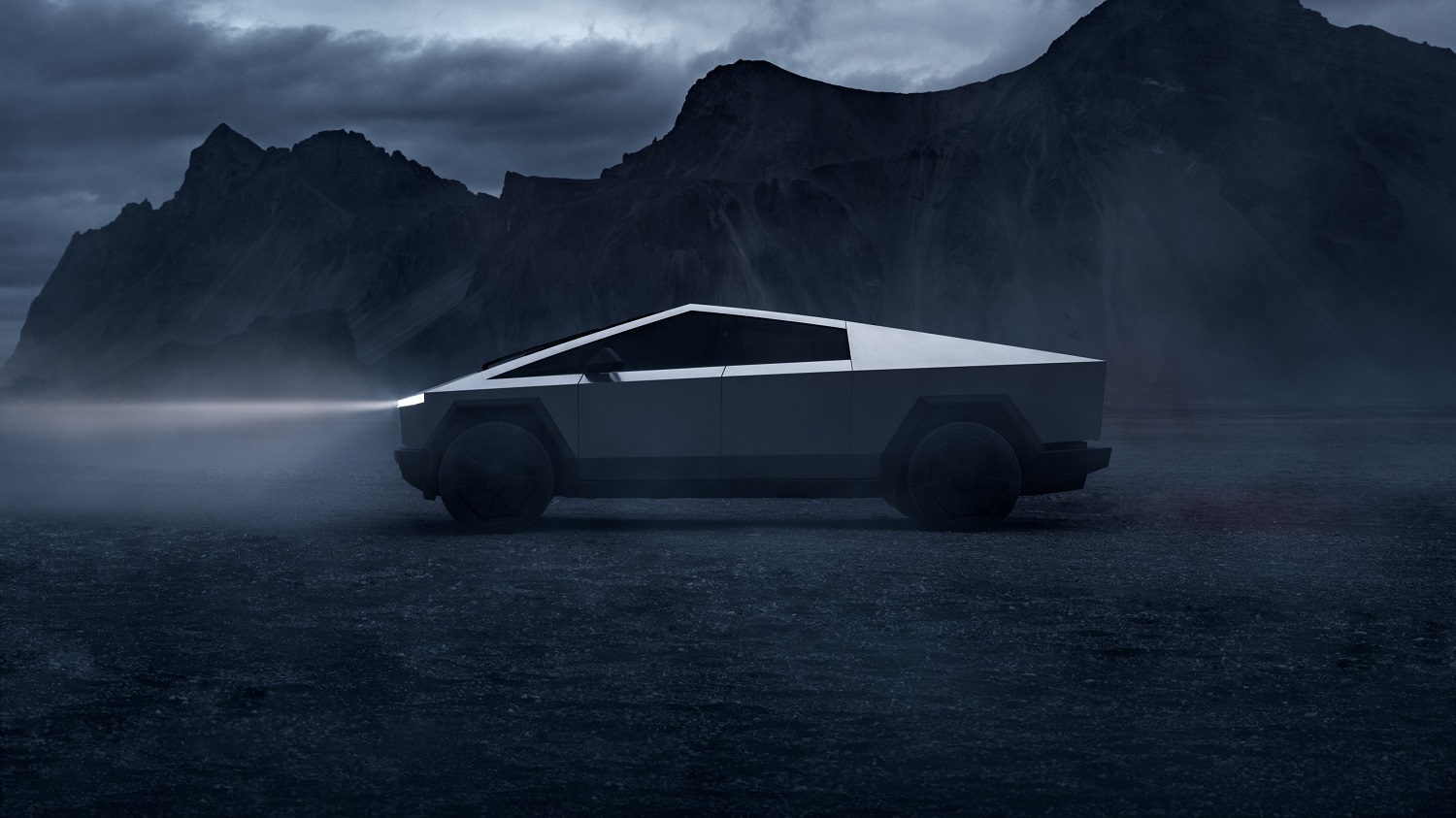Vehicles with a lot of space for people and gear typically end up having a lot of miles too. Roomy SUVs, such as the Chevrolet Suburban, are great for out-of-state family road trips; they can also be used for commercial purposes. Somehow, our Pick of the Day, a 1978 Chevrolet Suburban, has escaped a life of high mileage. You can find it on ClassicCars.com listed by a dealer in Lenexa, Kansas.
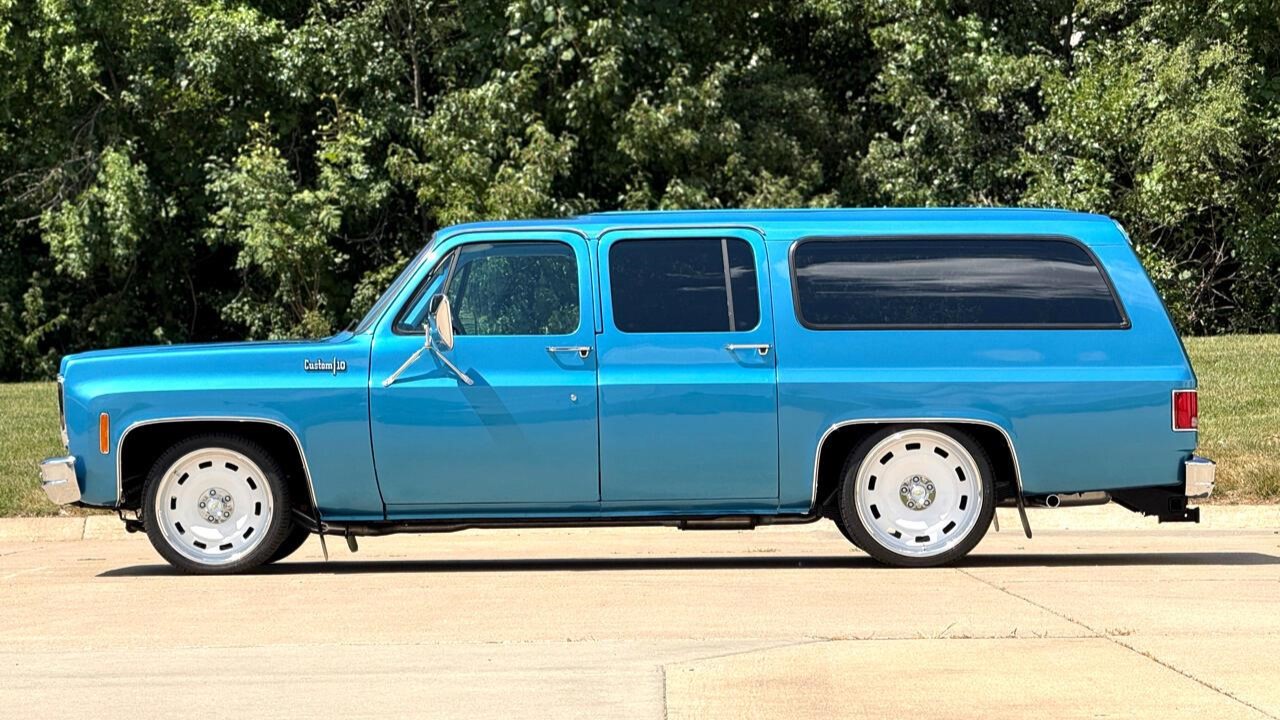
This “Superwagon,” as Chevy called it in the brochure, has been kept in a climate-controlled garage its whole life, accruing only 25,674 original miles over the past 47 years, according to the selling dealer. To put that in perspective, several years ago, I put 2,600 miles on a Ram 1500 Rebel EcoDiesel going from Austin, Texas to Phoenix, Arizona and back in about a week.
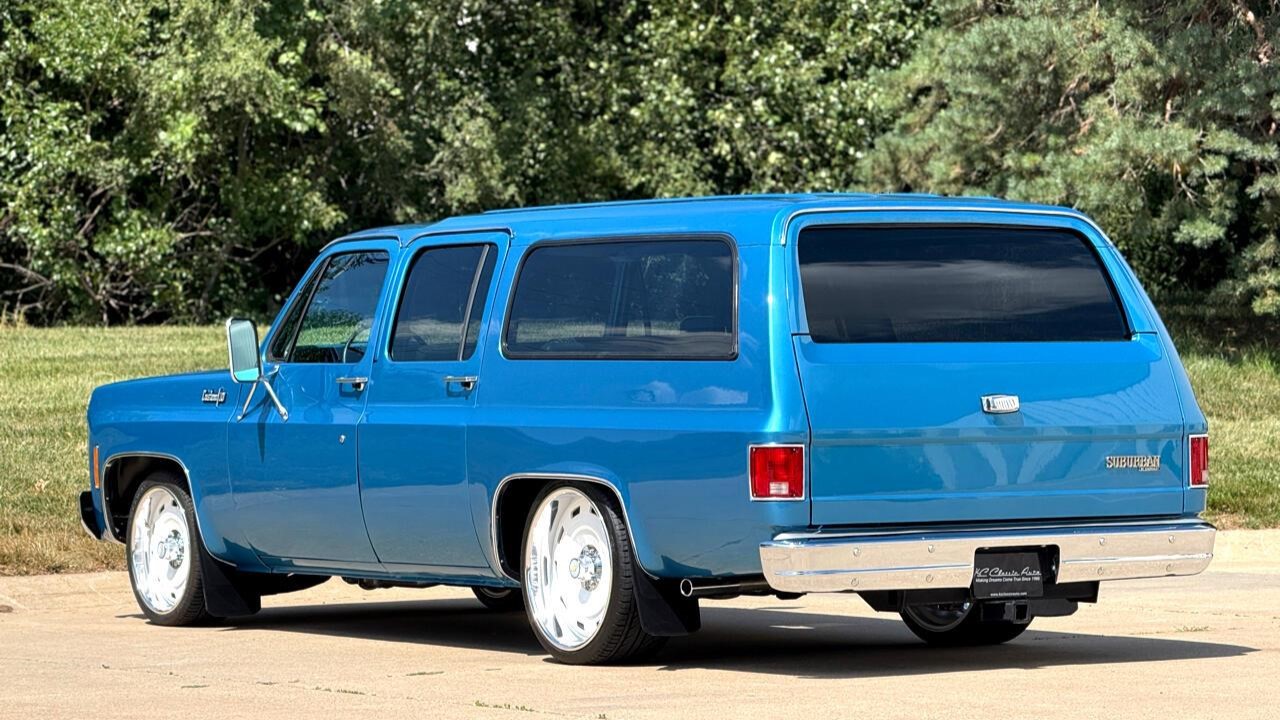
However, this Suburban’s historically light travel schedule hasn’t excluded it from updates. At one point, the body was repainted in its original color of Mariner Blue, which goes nicely with the chrome bumpers and bright trim. Thanks to a Belltech lowering kit, there’s a four-inch drop in the front and a six-inch drop at the rear, giving this rig a nice stance on its 20 x 9-inch front/22 x 10.5-inch rear US Mags wheels and low-profile tires.
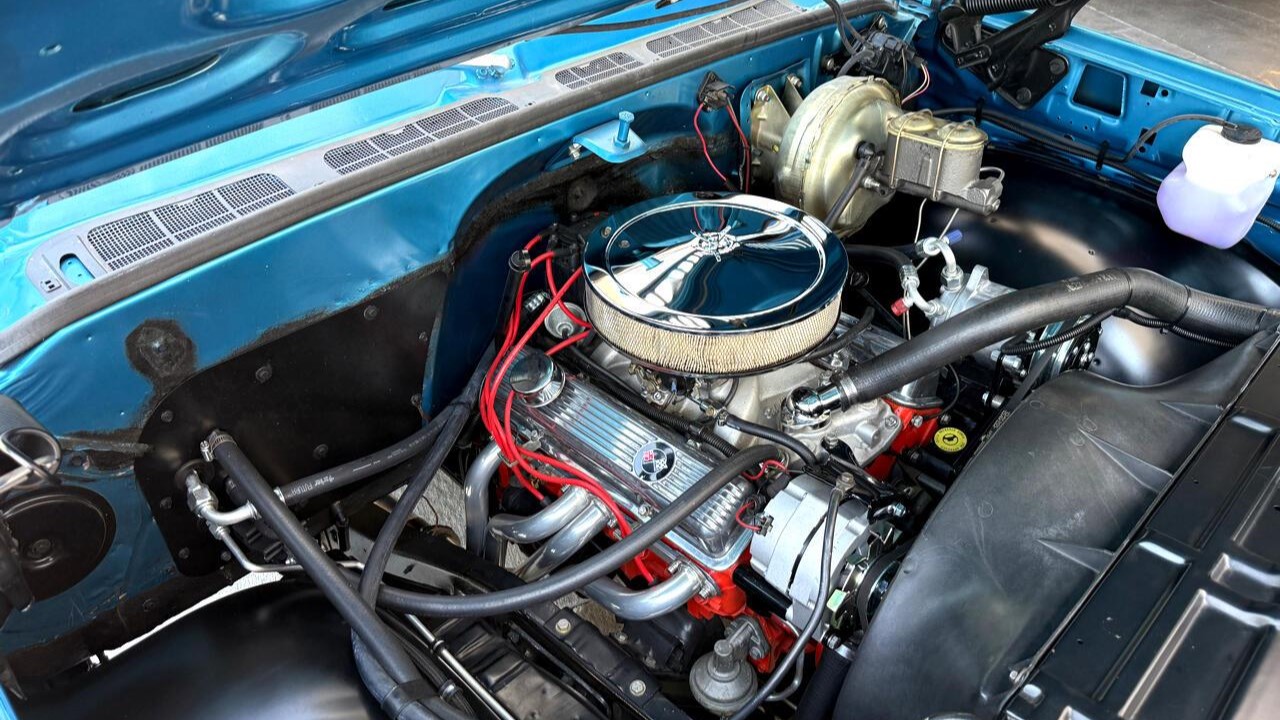
Despite the low mileage on the rest of the truck, the 305ci V8 was rebuilt and equipped with an Edelbrock intake manifold, polished aluminum valve covers, ceramic-coated headers, and a custom exhaust system with MagnaFlow mufflers. As a C10 model, this Suburban sends its power to the rear wheels through a three-speed automatic.
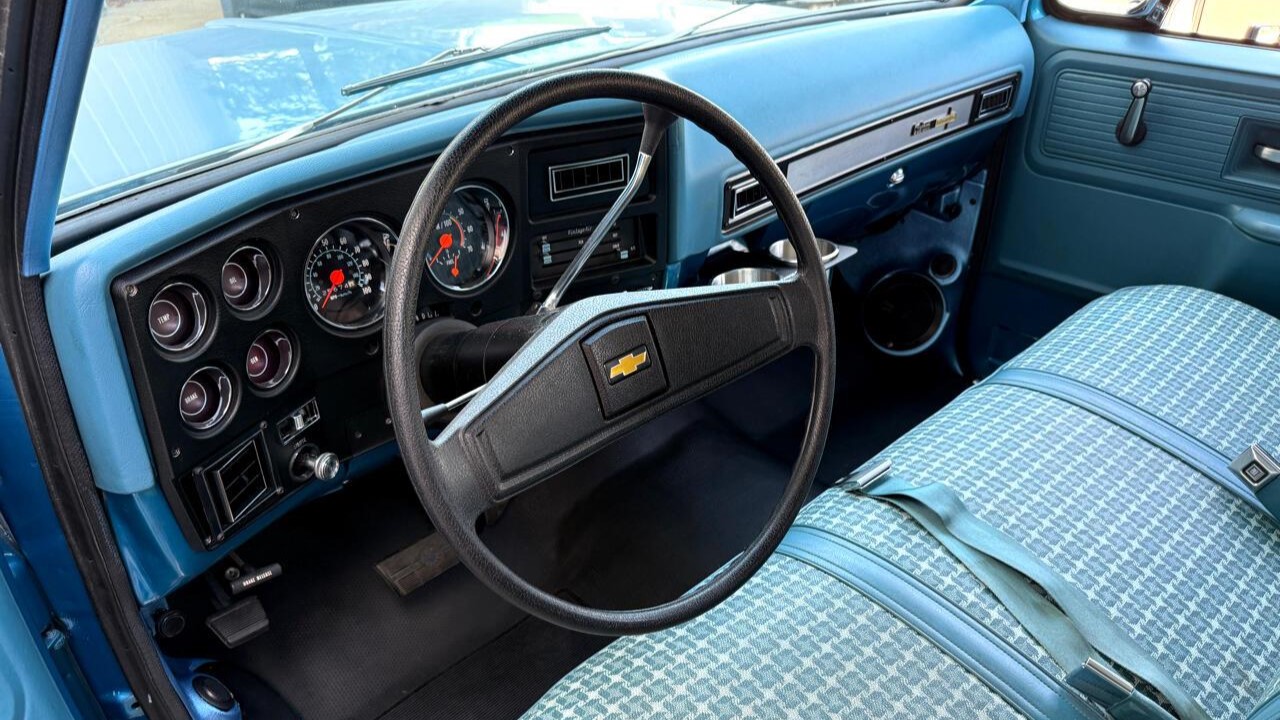
Whoever refreshed this Suburban also made sure to include the interior. The story is that the blue and white patterned vinyl upholstery is original, but a lot of the things around it have been updated. Recently, the headliner was replaced and a Vintage Air climate control system was installed, adding comfort to the convenience of the power steering and power front disc brakes. The original radio was swapped out for a Custom Autosound AM/FM stereo, which is connected to Rockford Fosgate kick panel speakers—perfect for road trip playlists or audio books for long drives to and from jobsites.
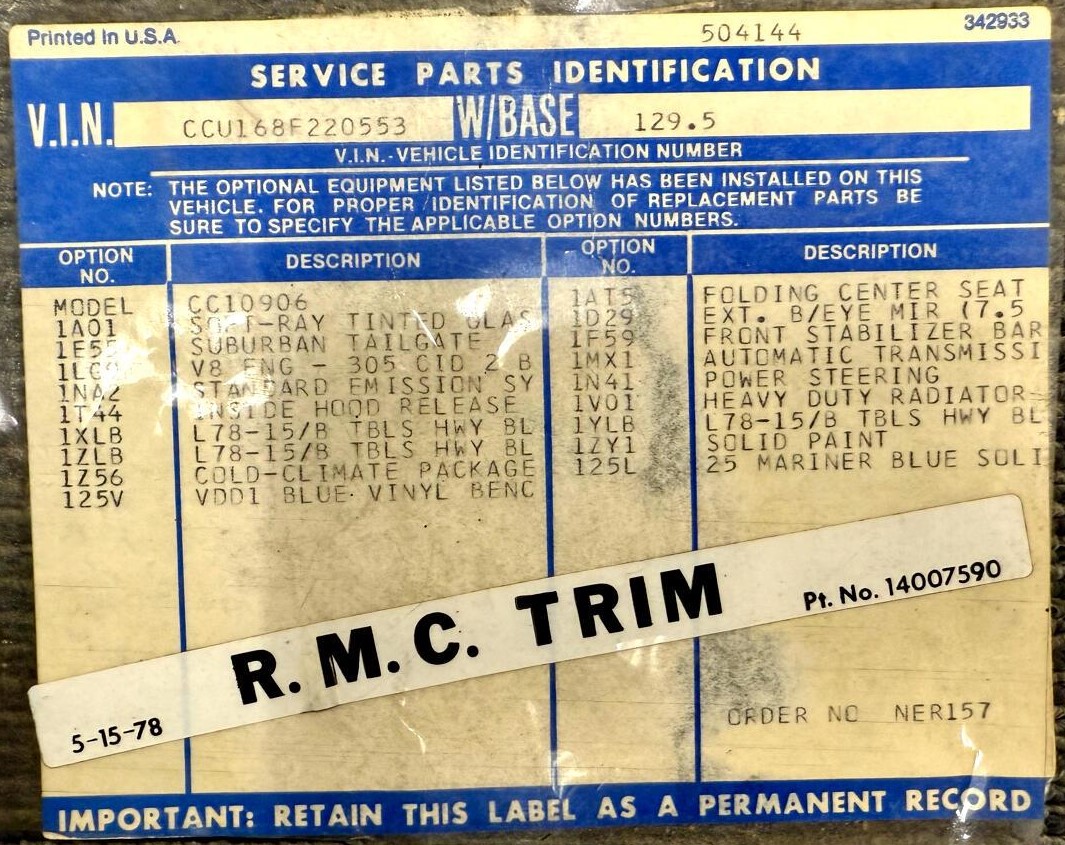
Clearly, this 1978 Chevrolet Suburban Custom Deluxe has plenty of miles left in it. If you want to rack up more by hauling your family to your next vacation destination or building your business, you can take it off the market for $29,900.
Click here to view this Pick of the Day on ClassicCars.com
